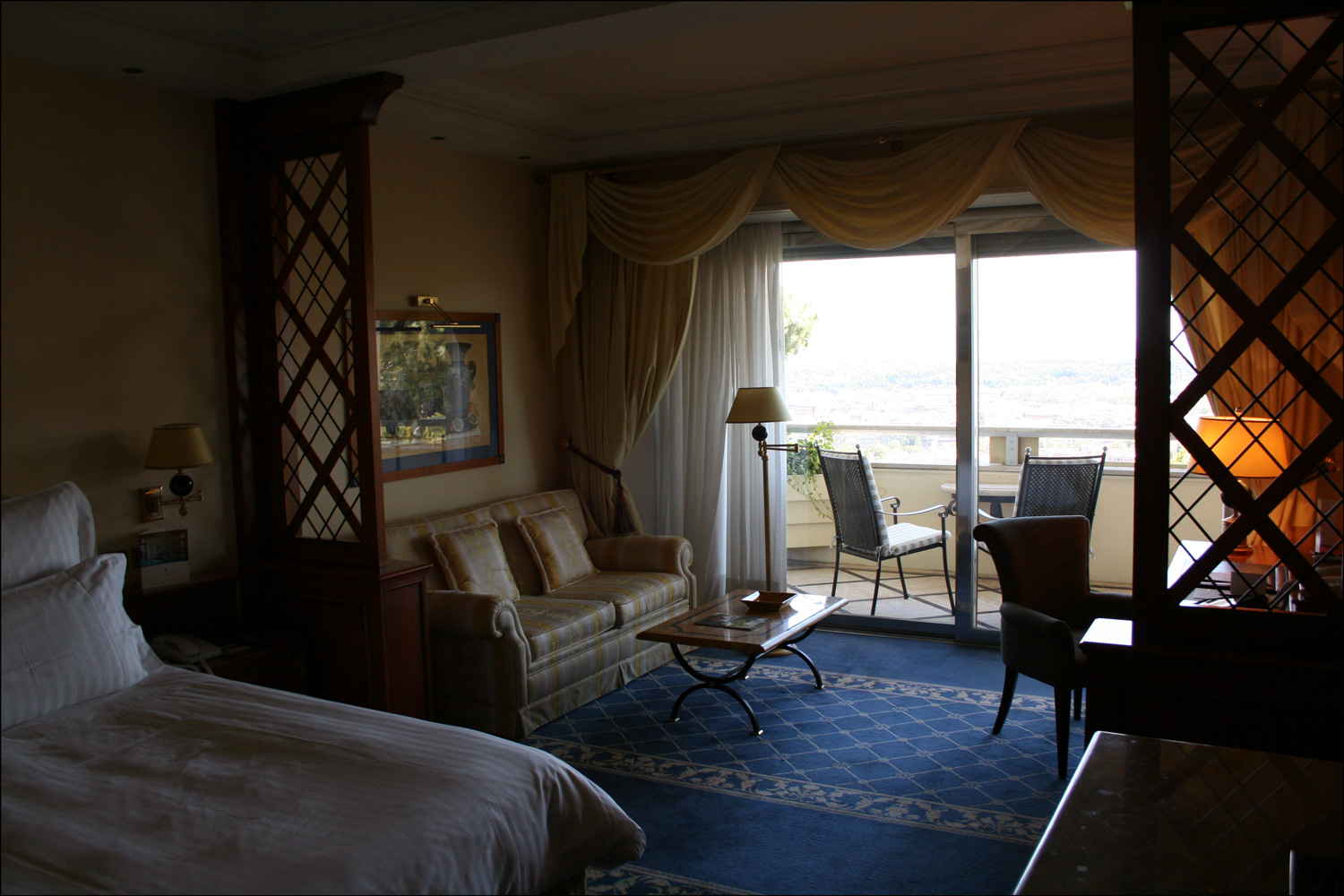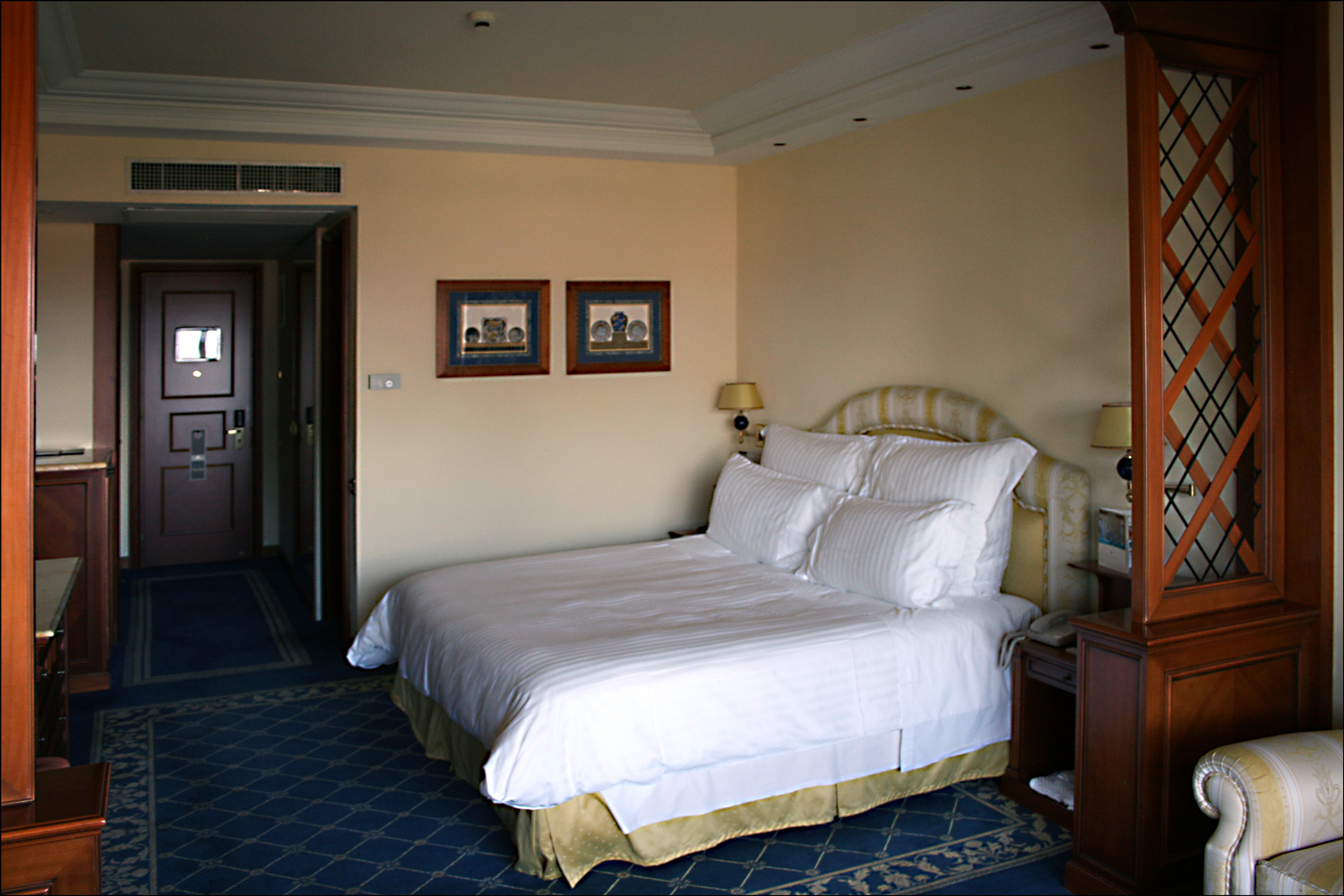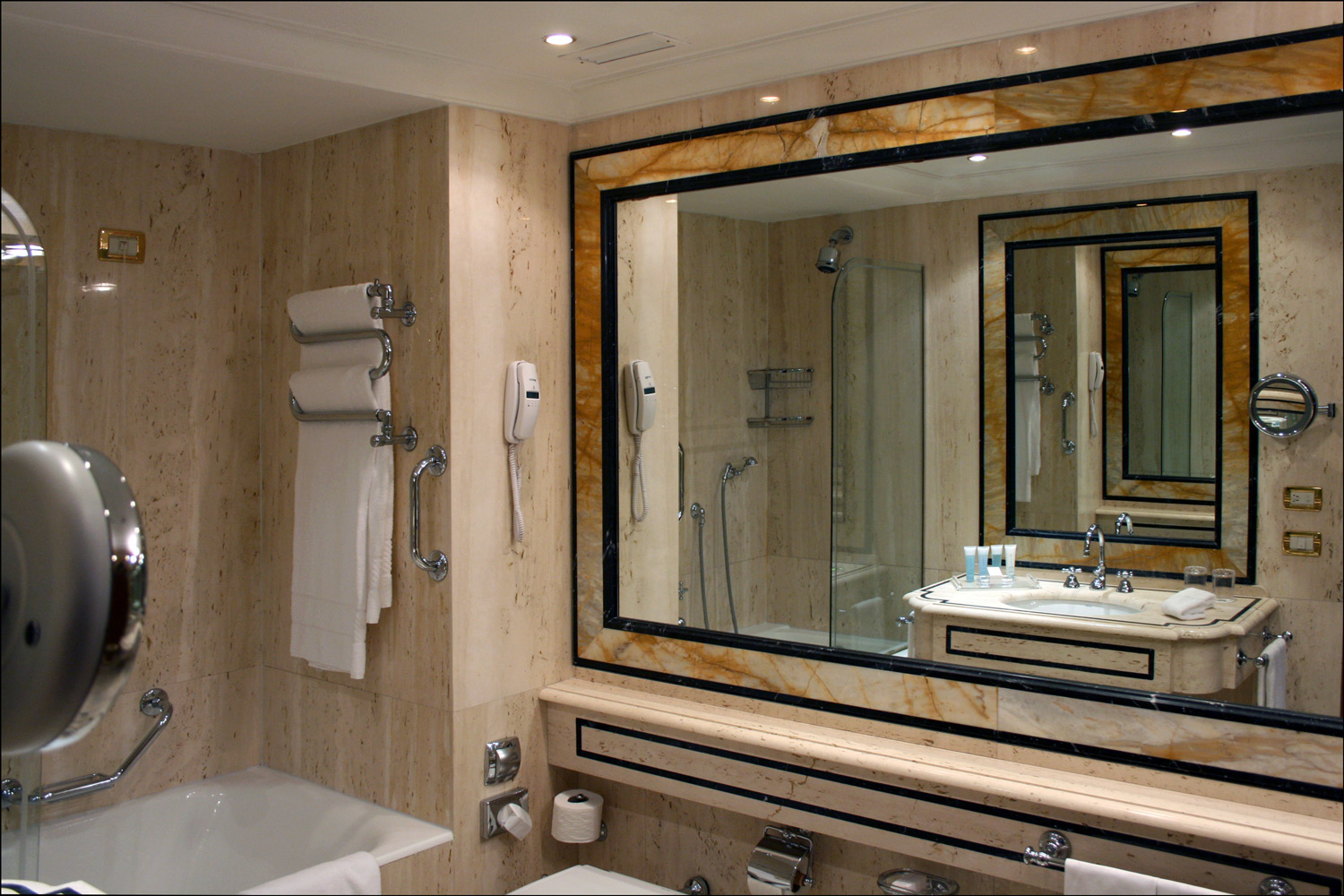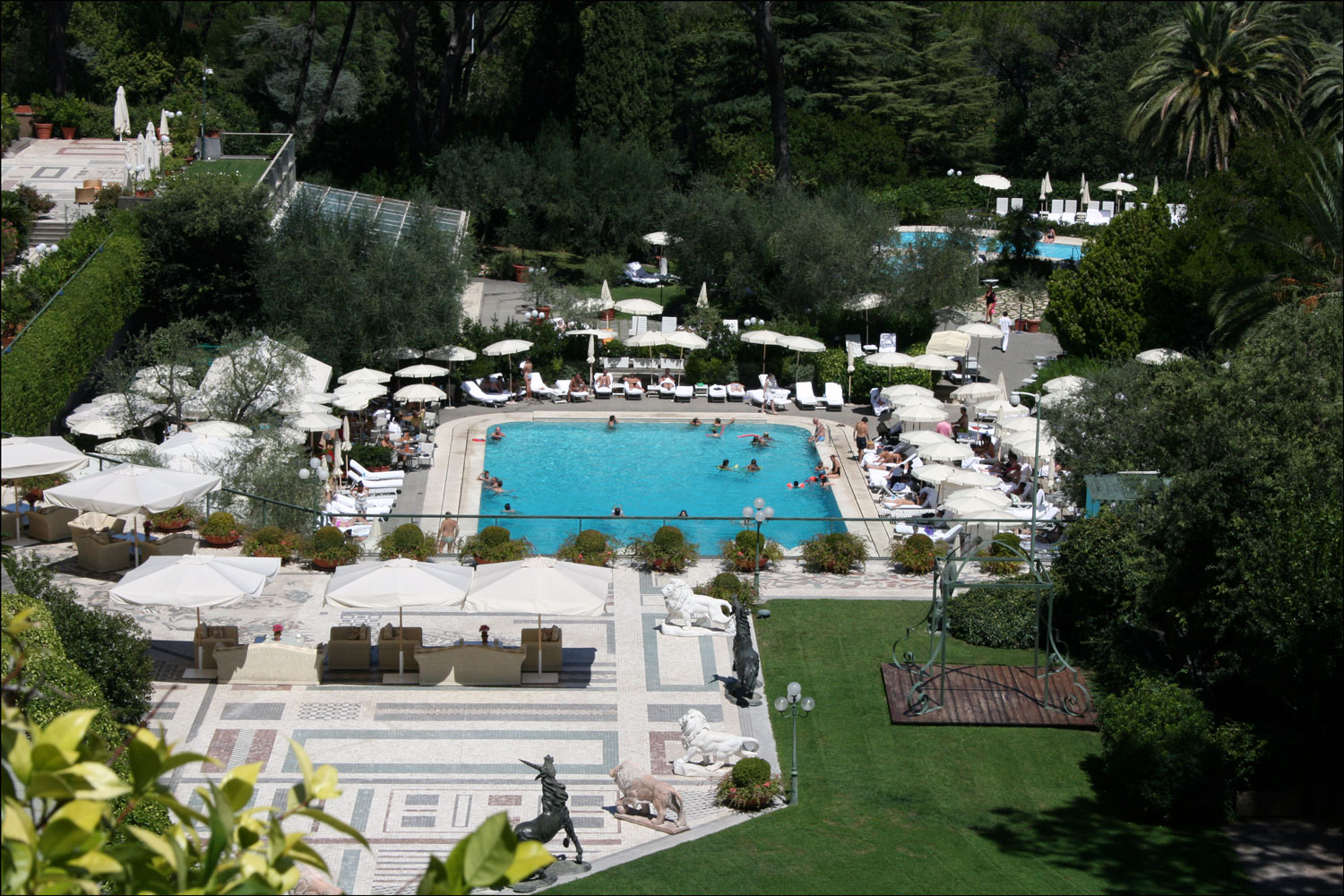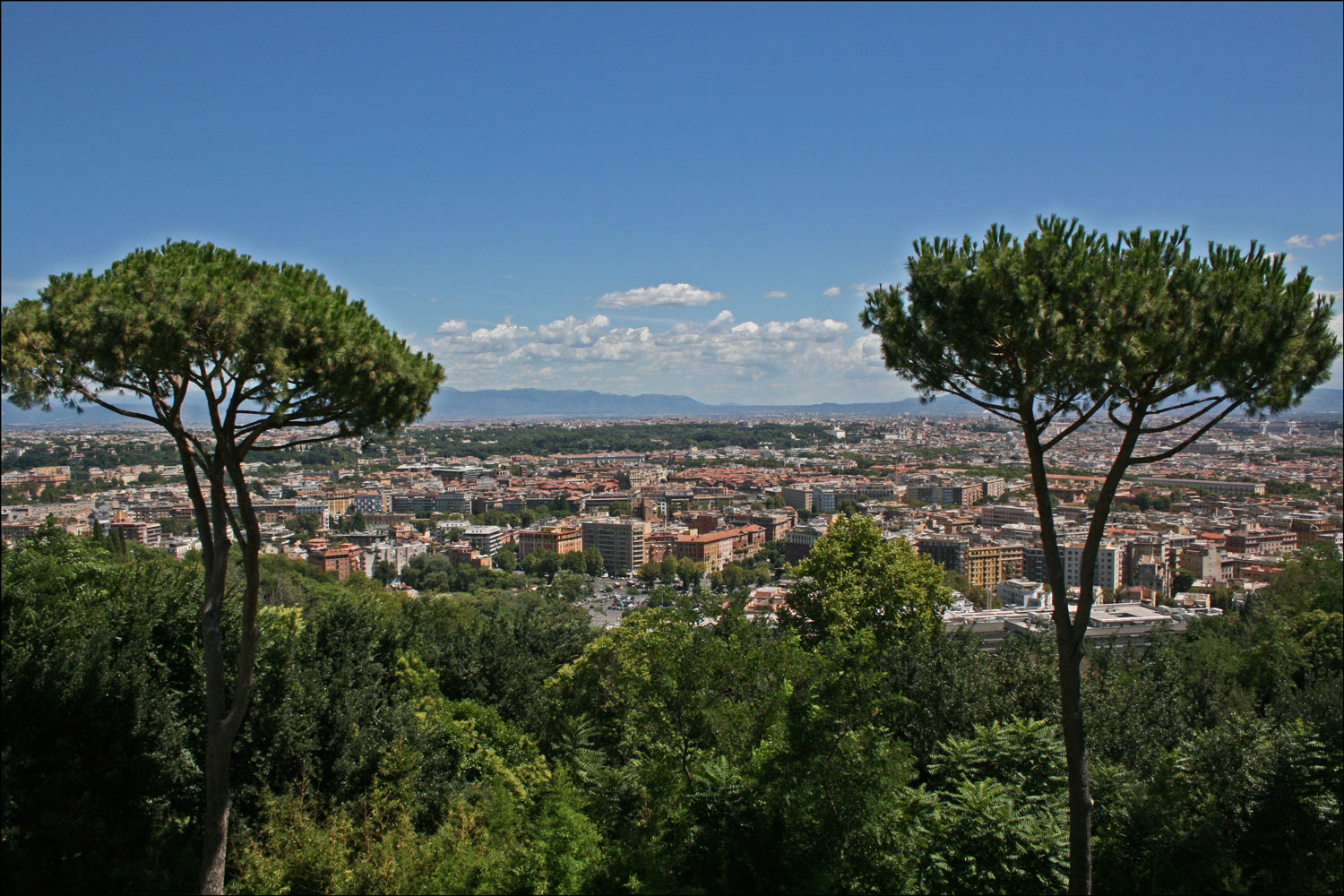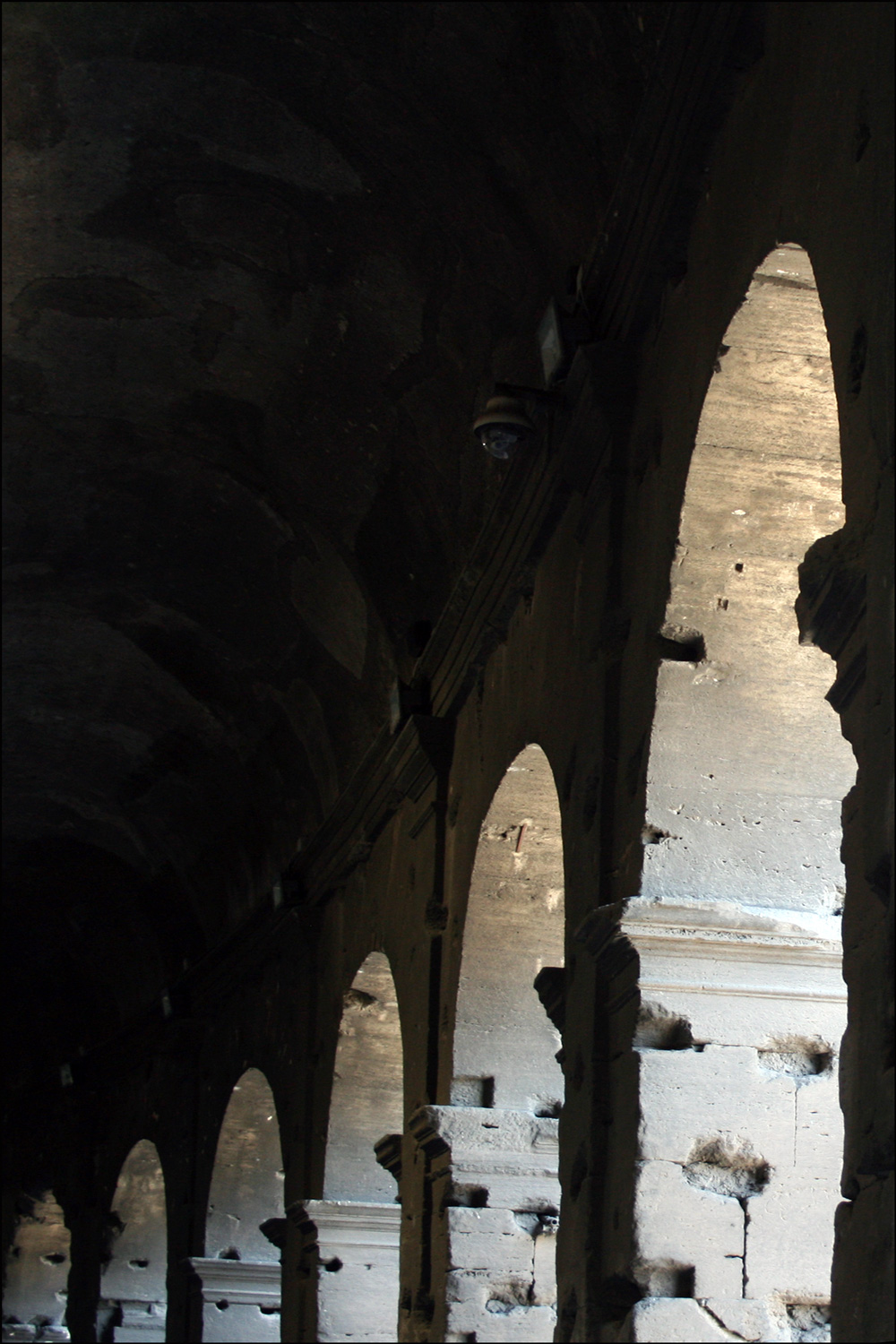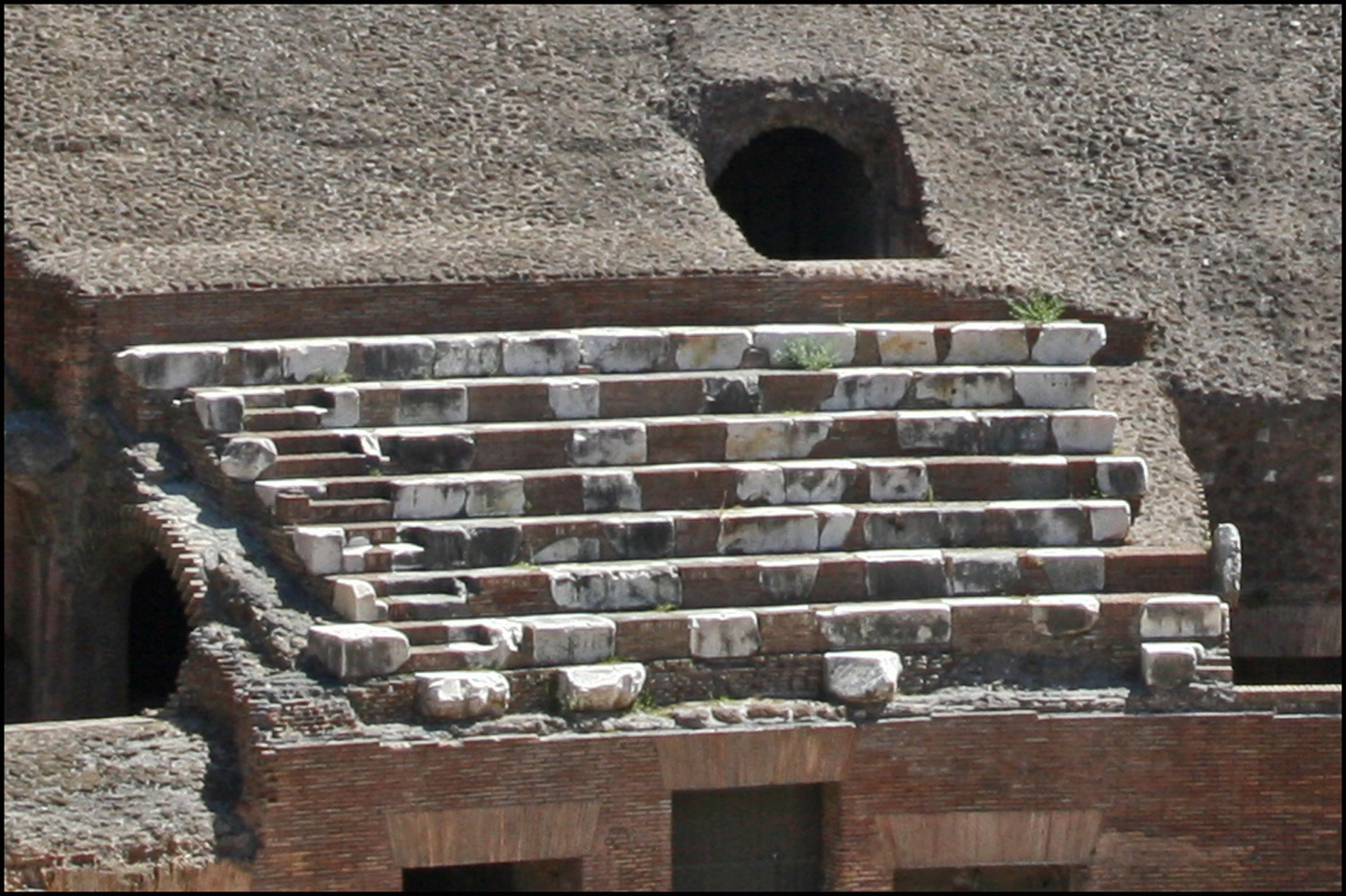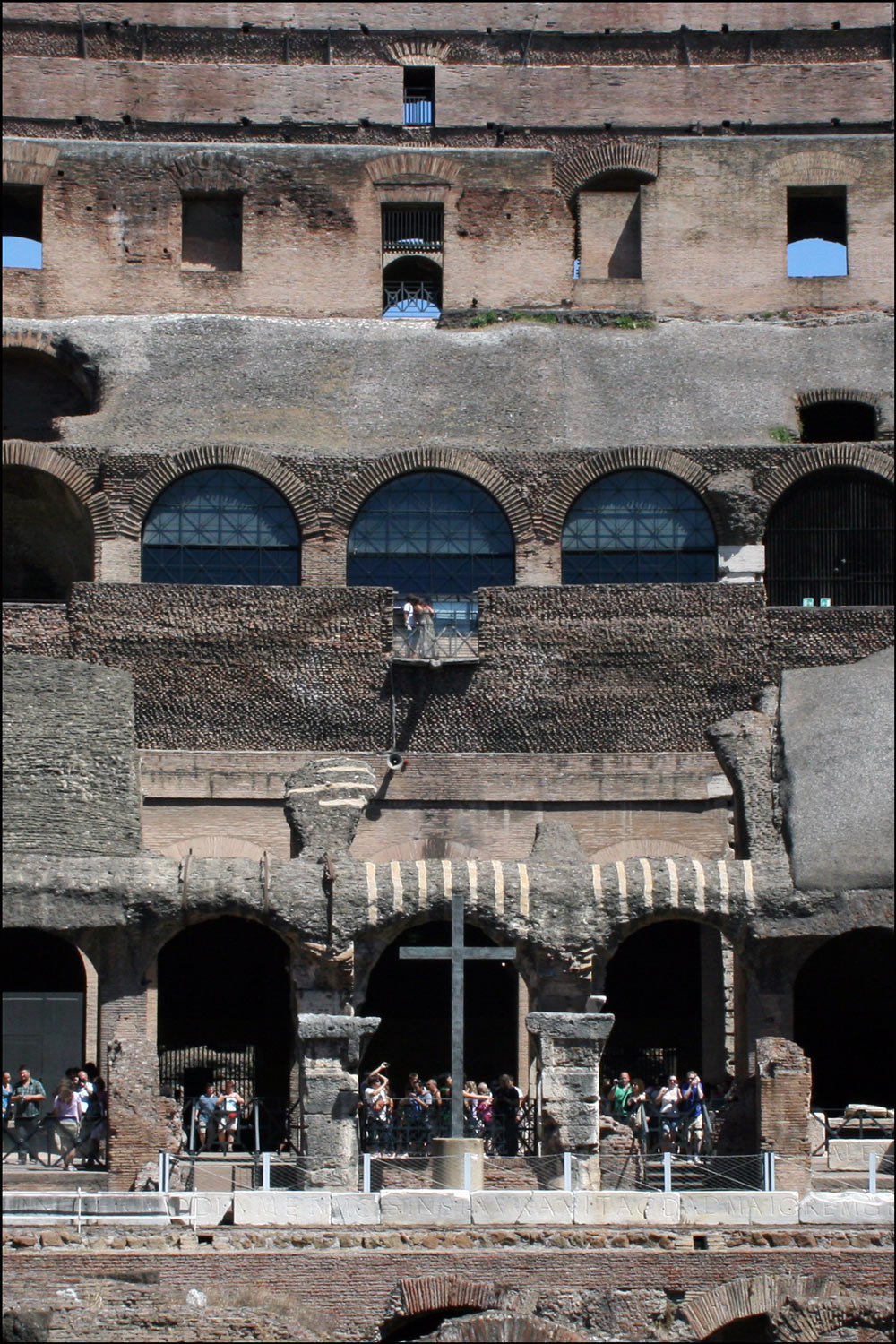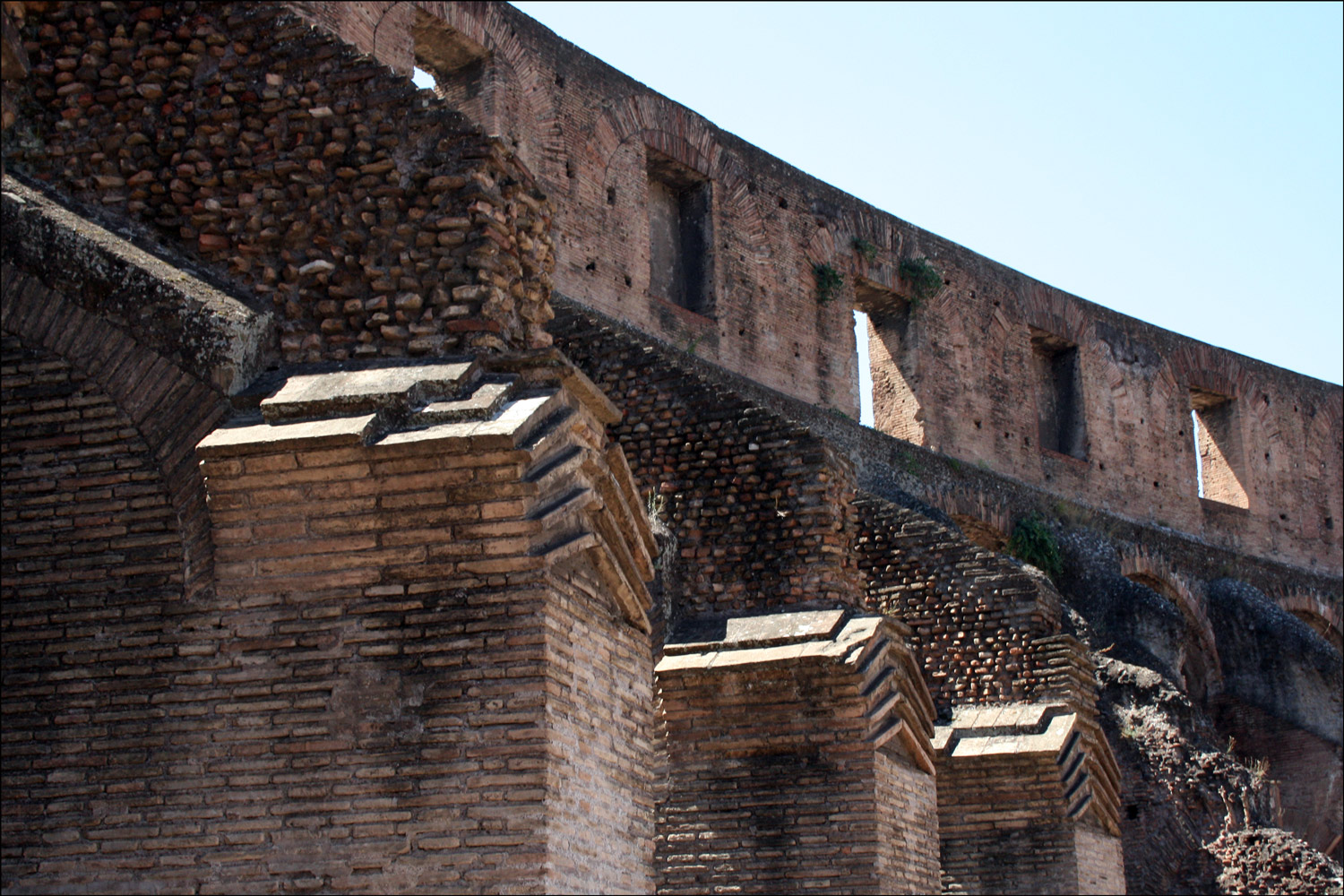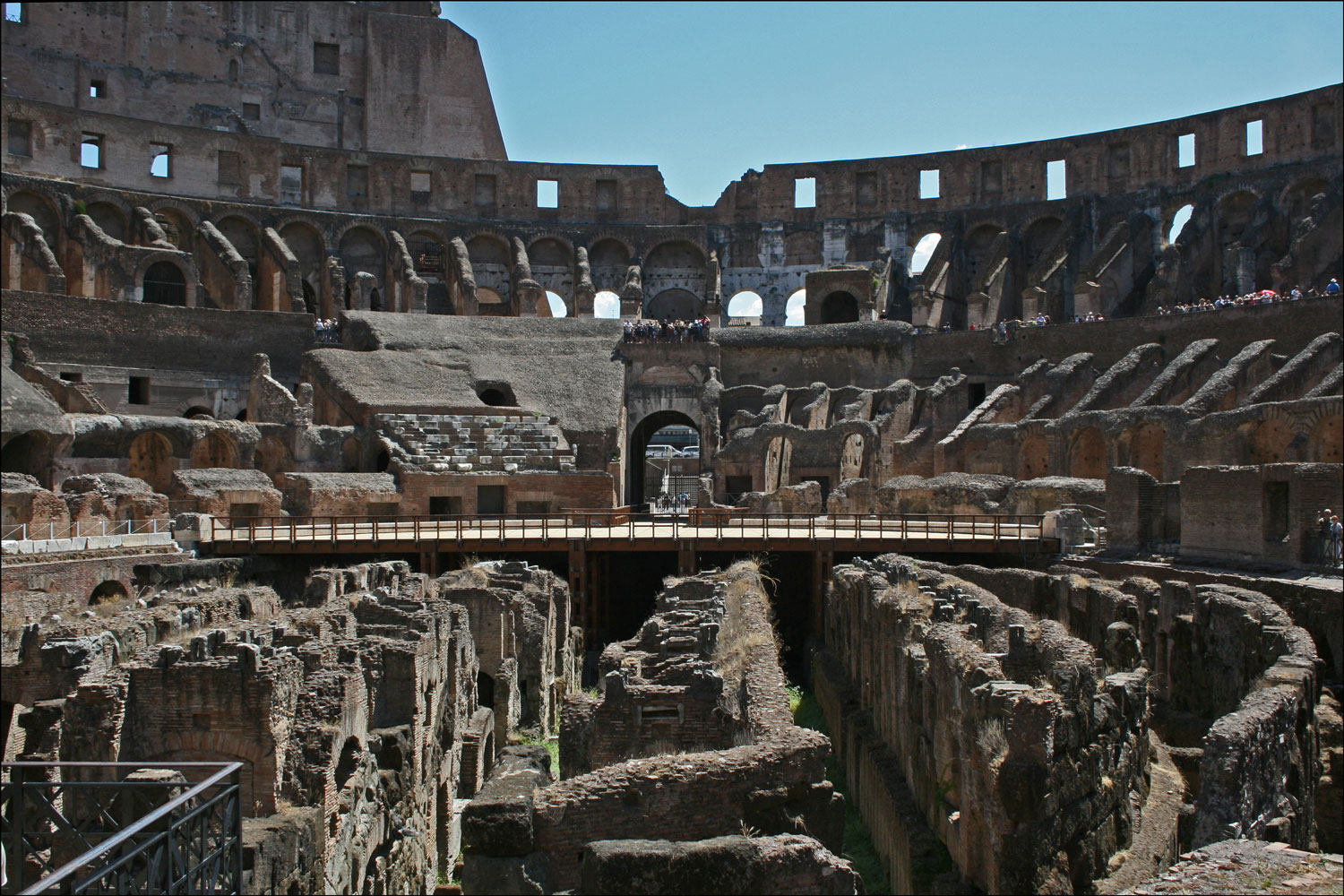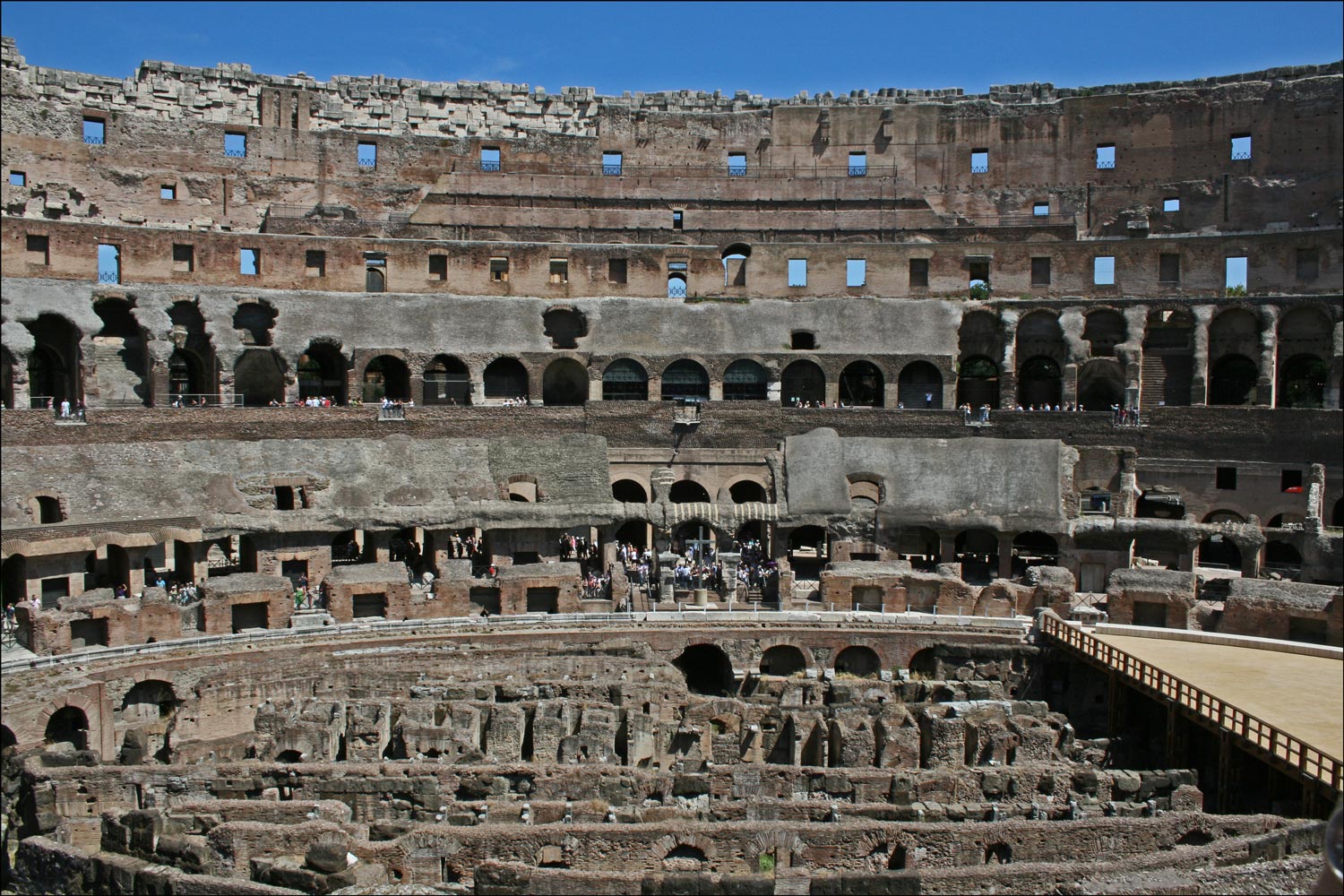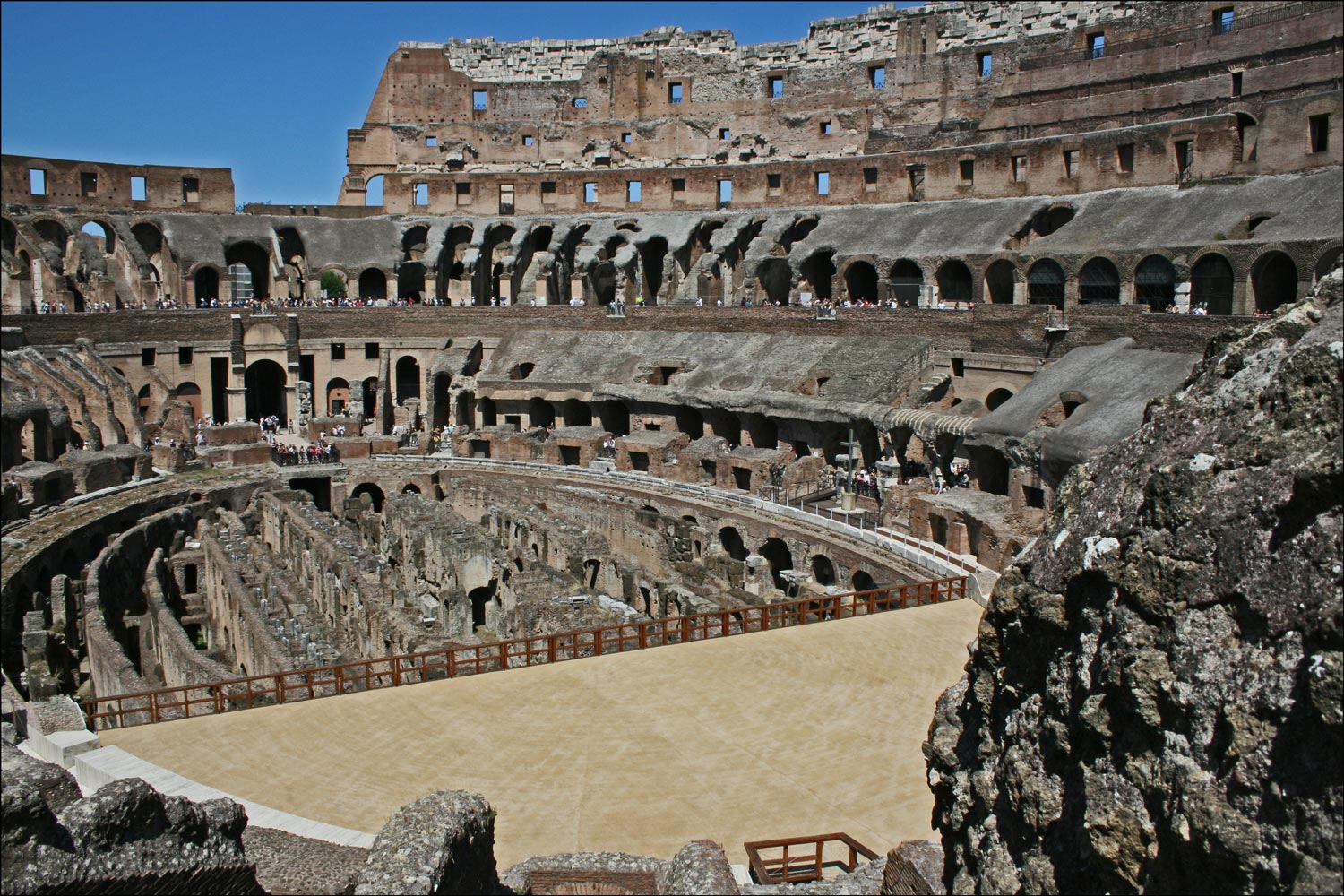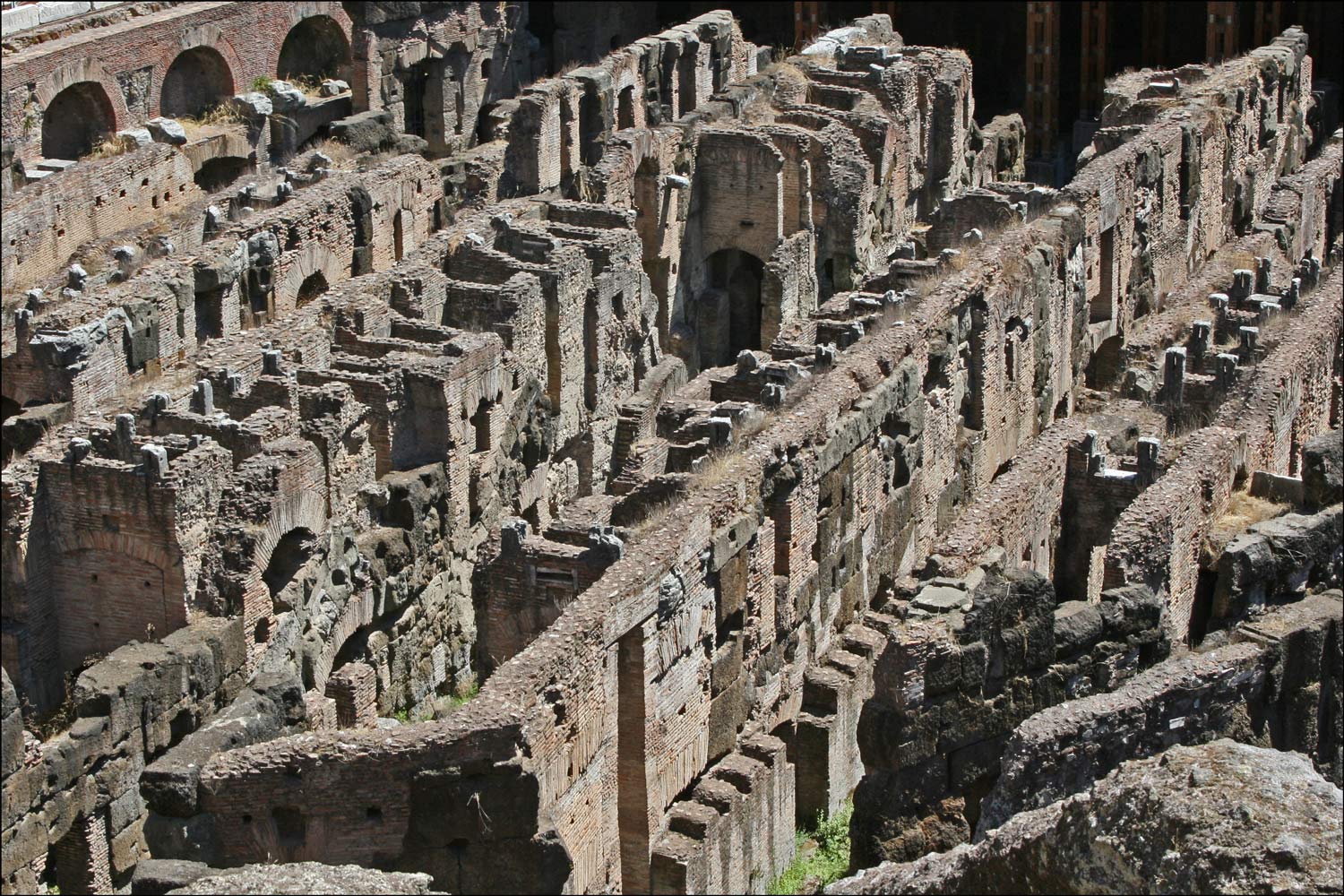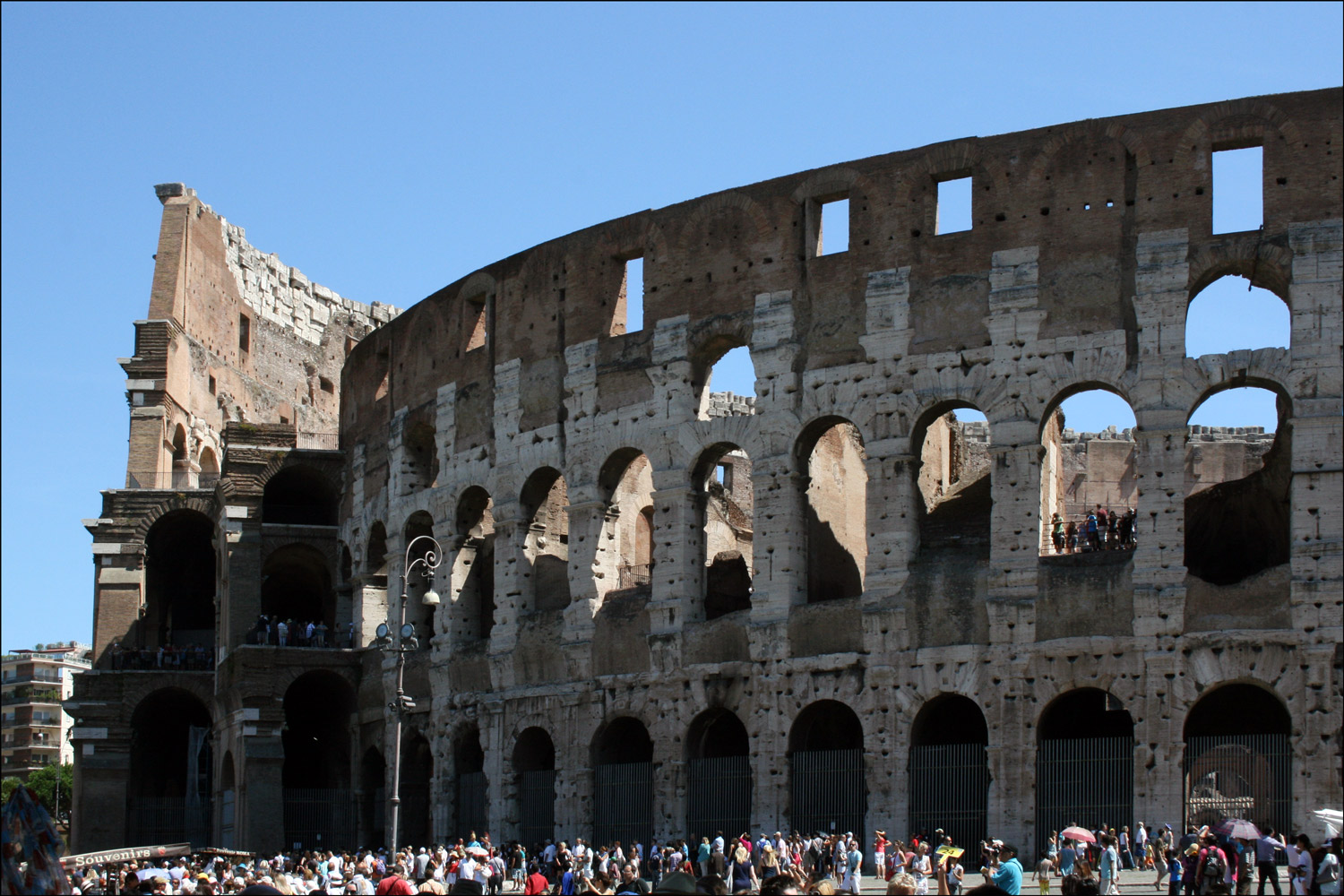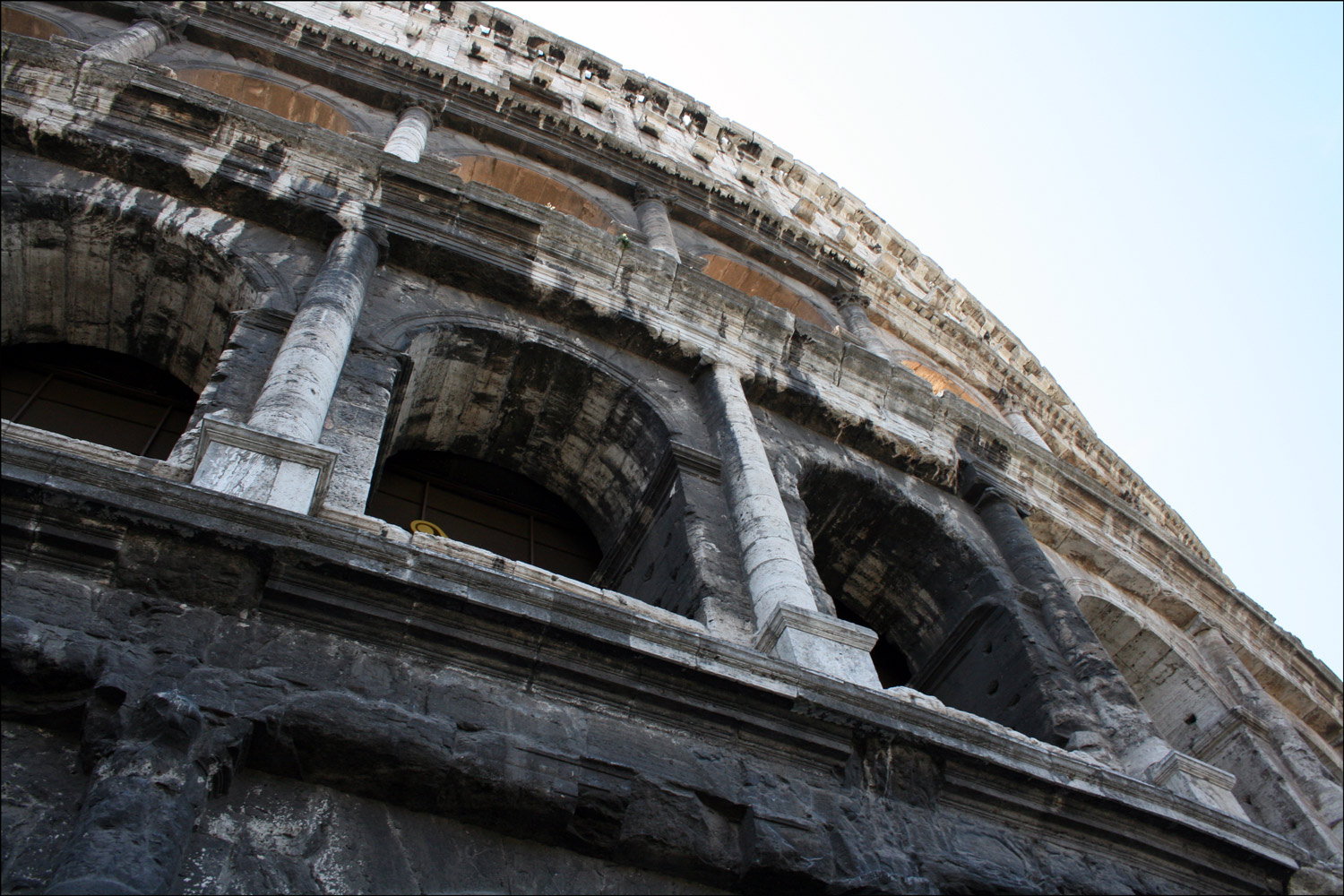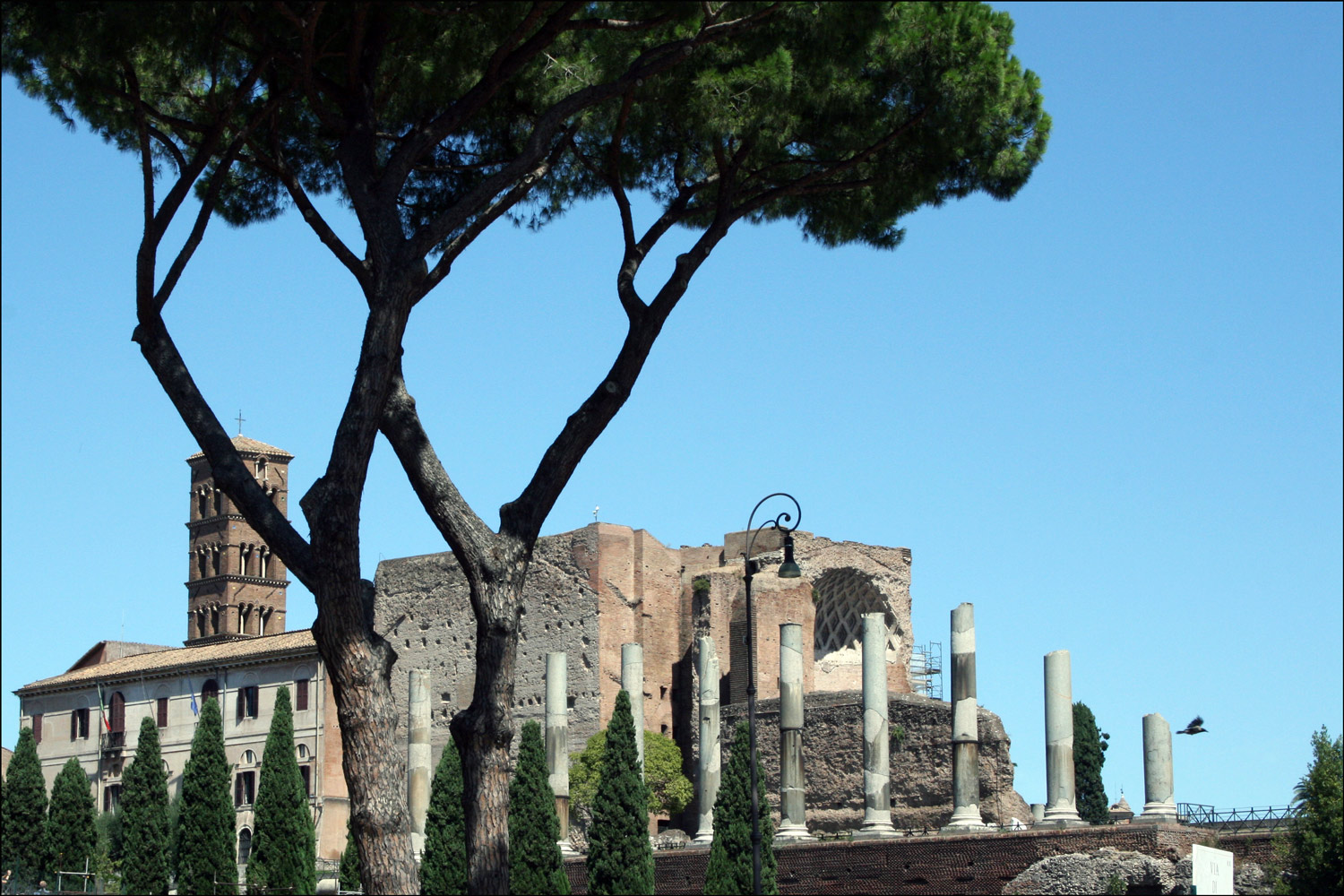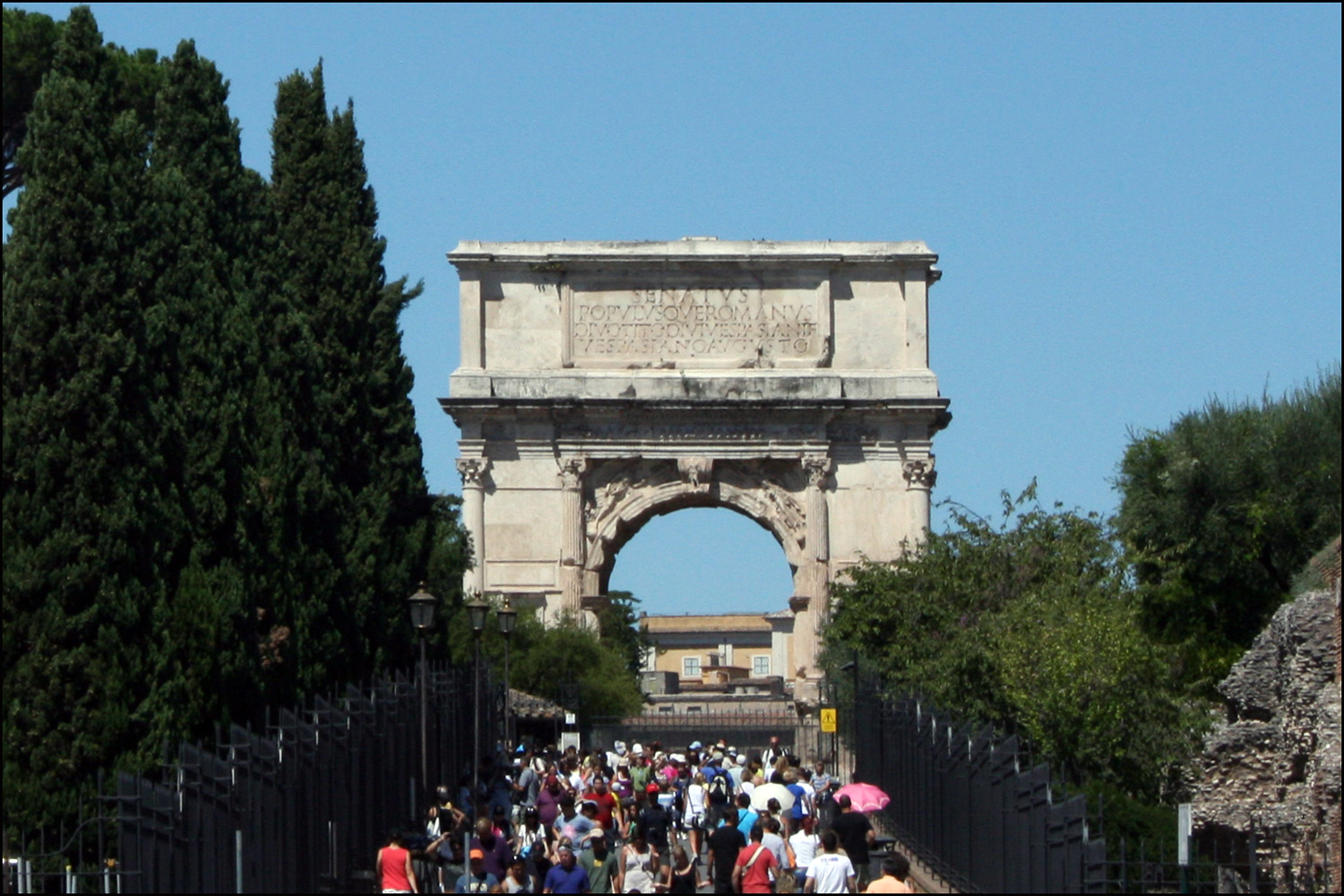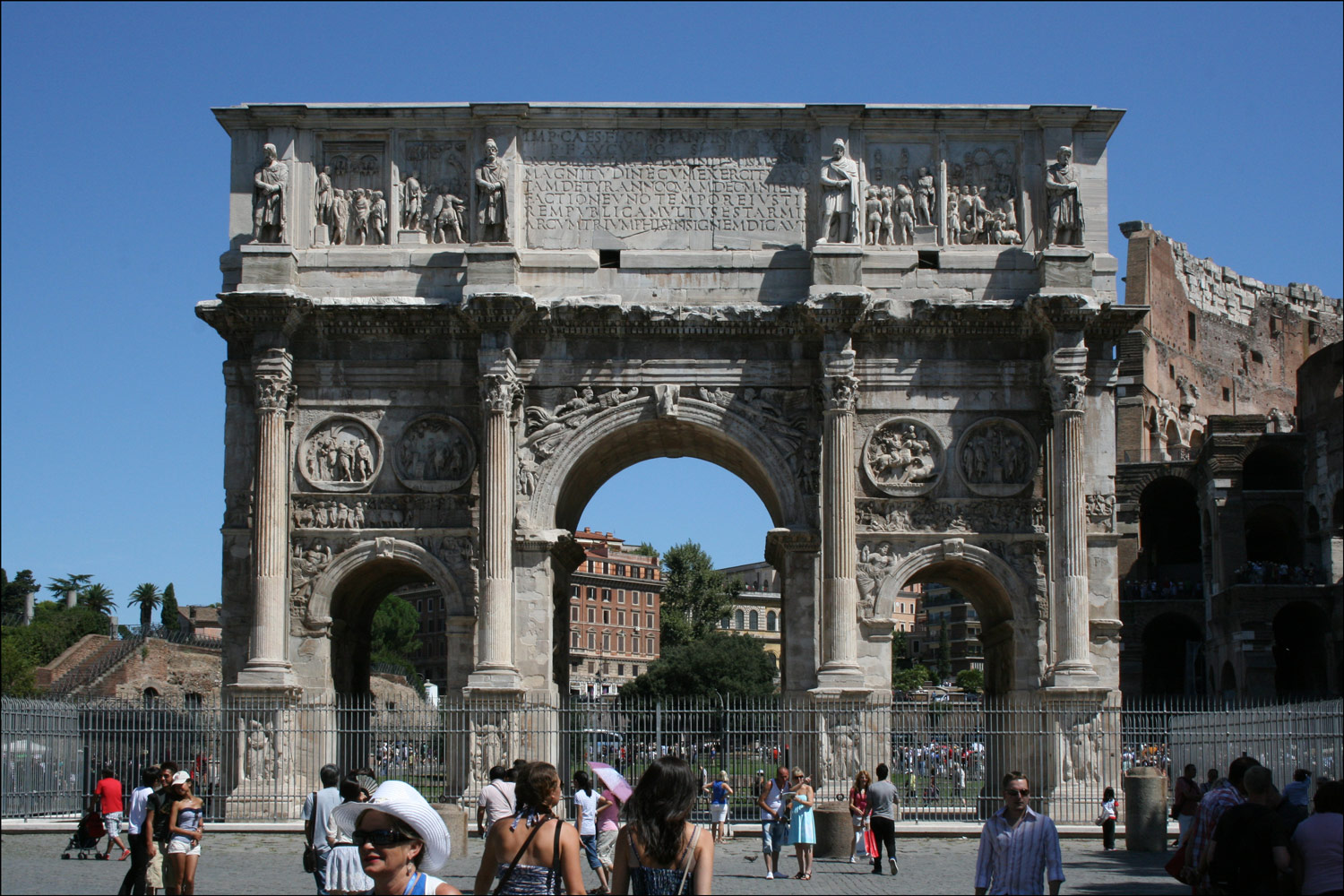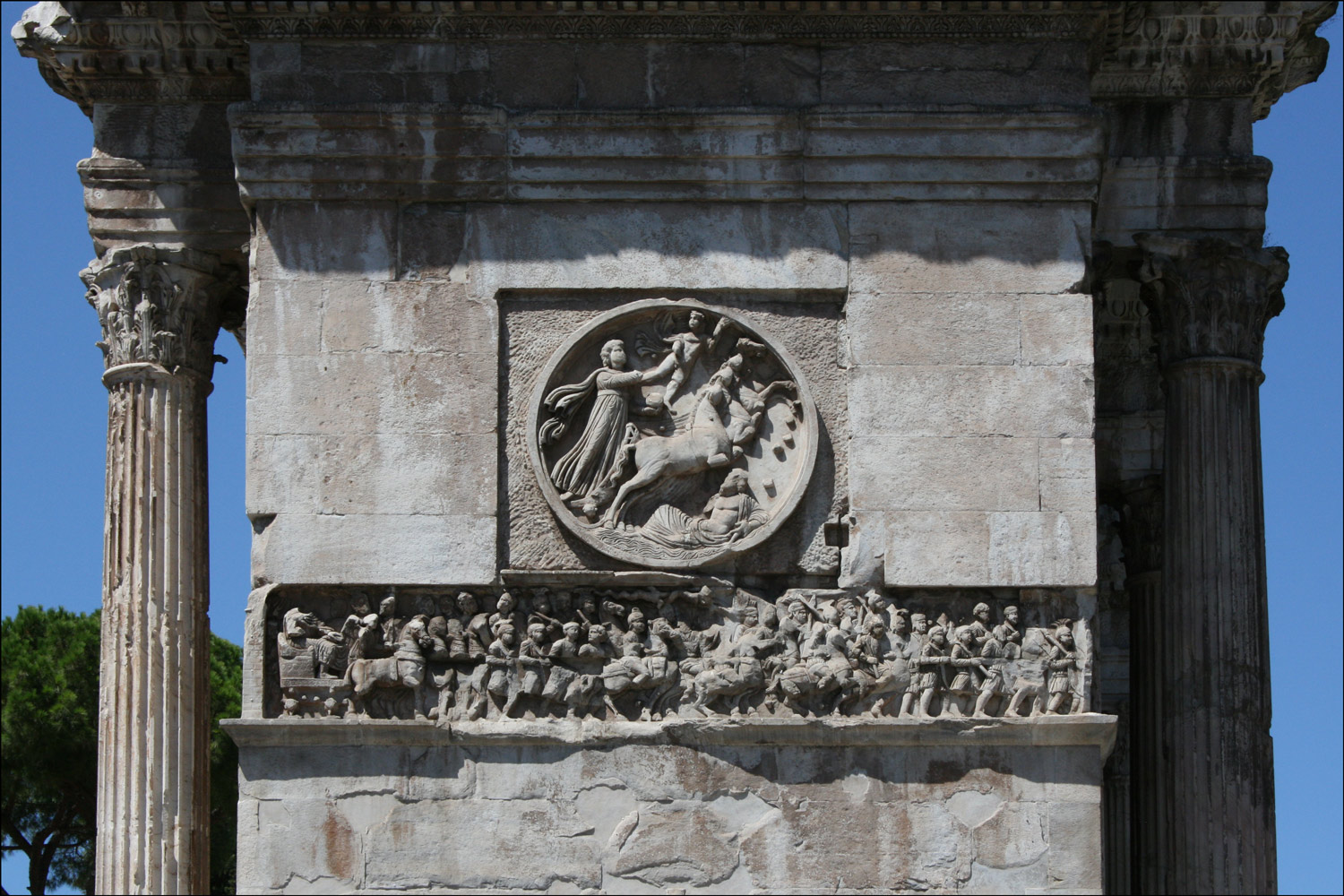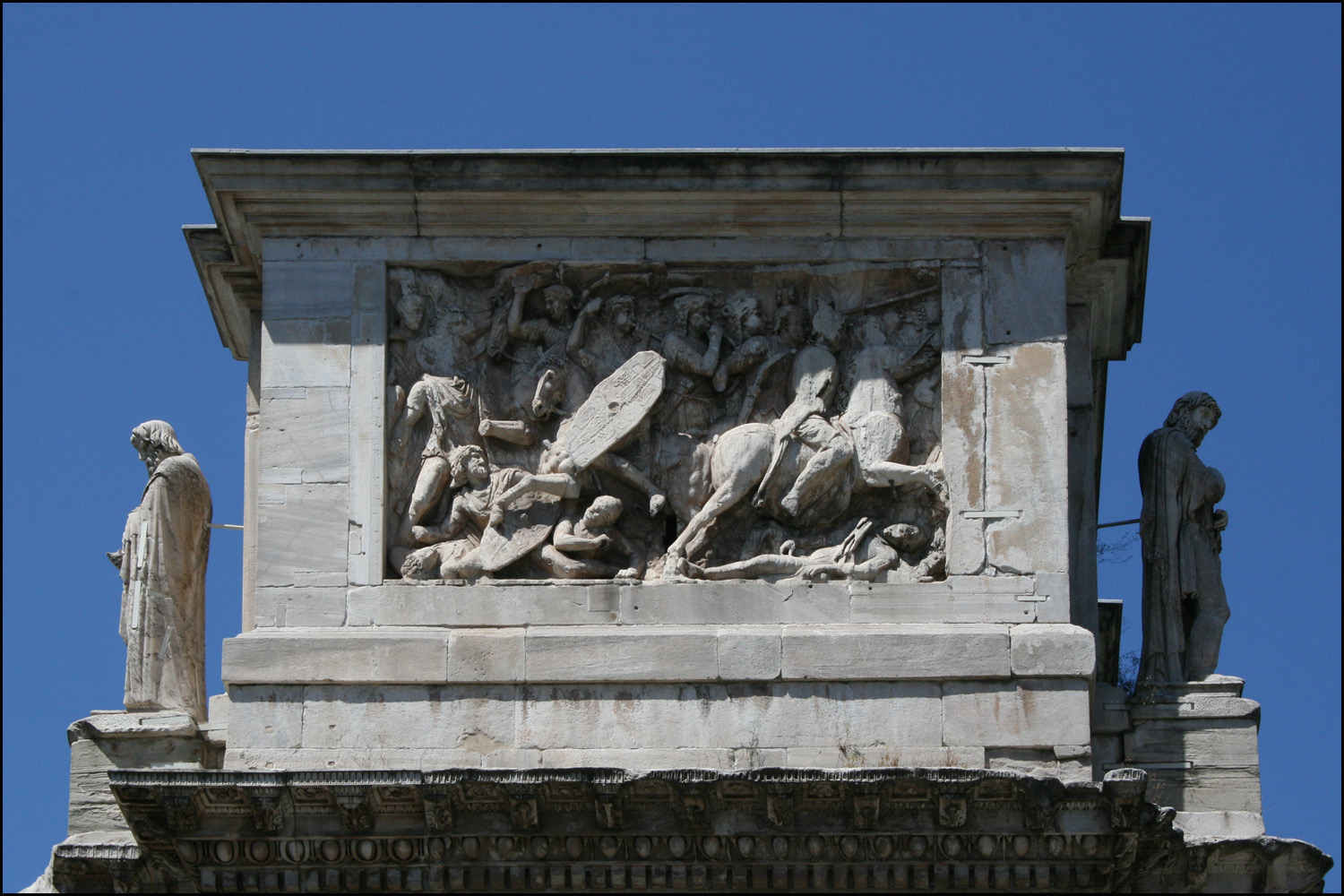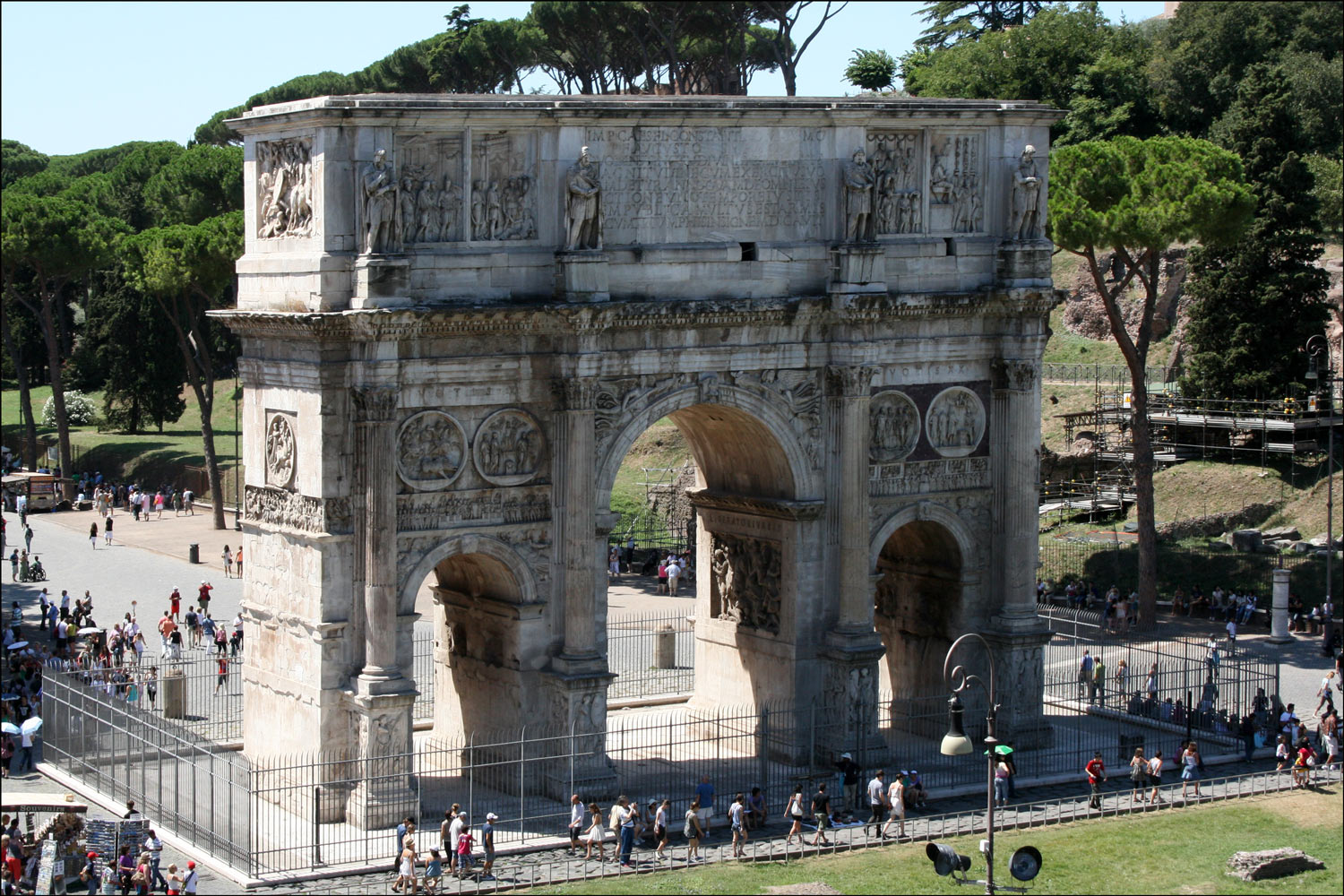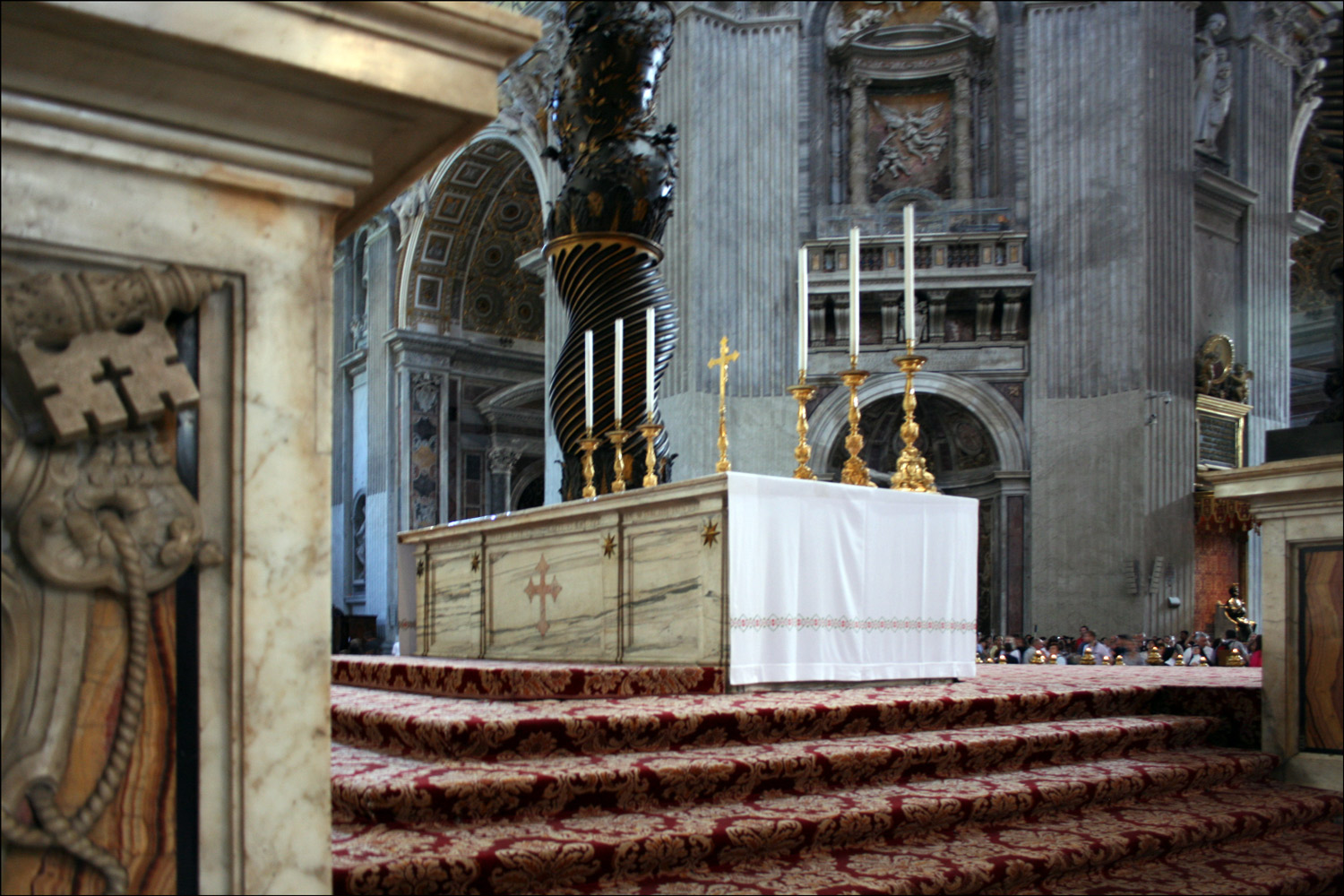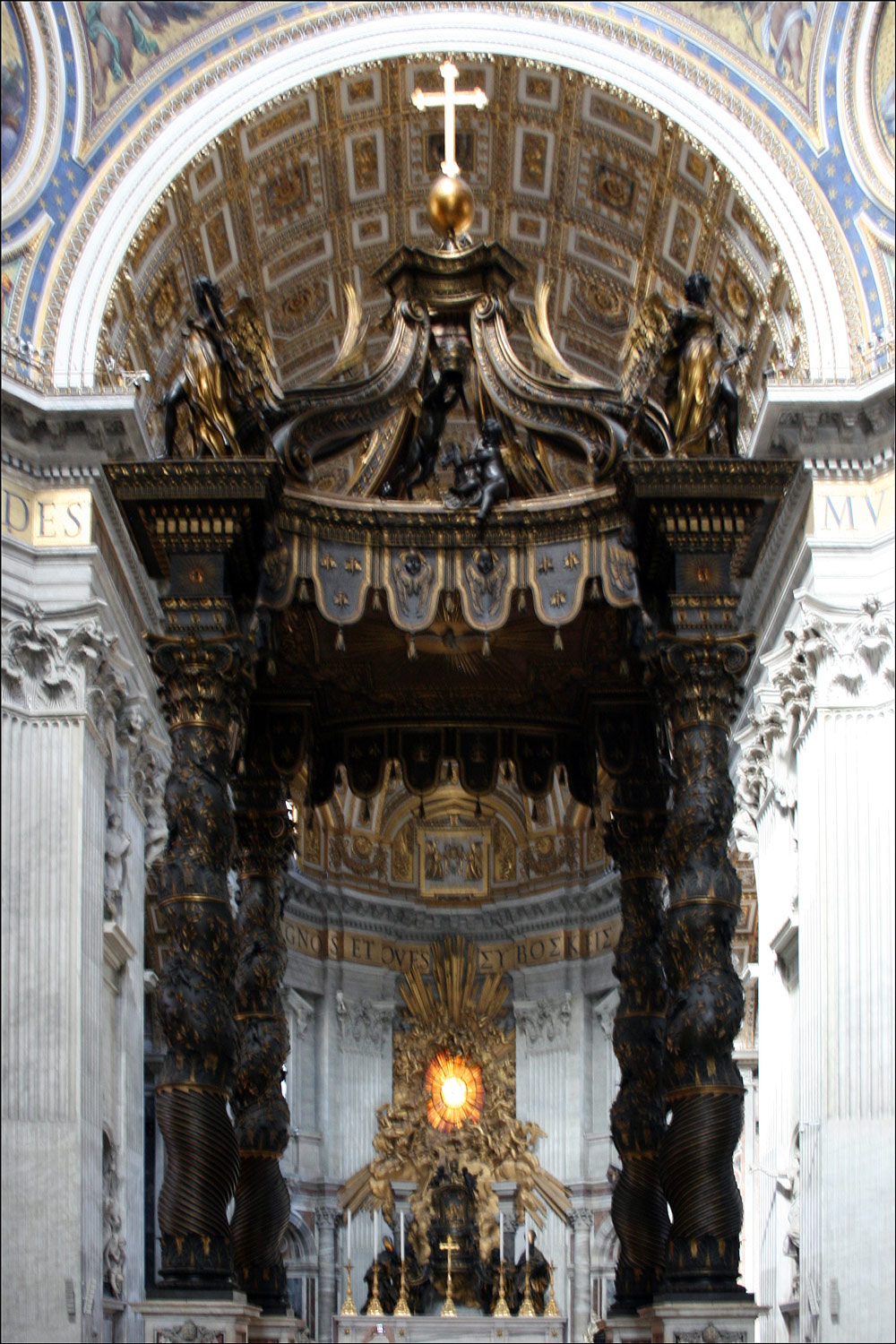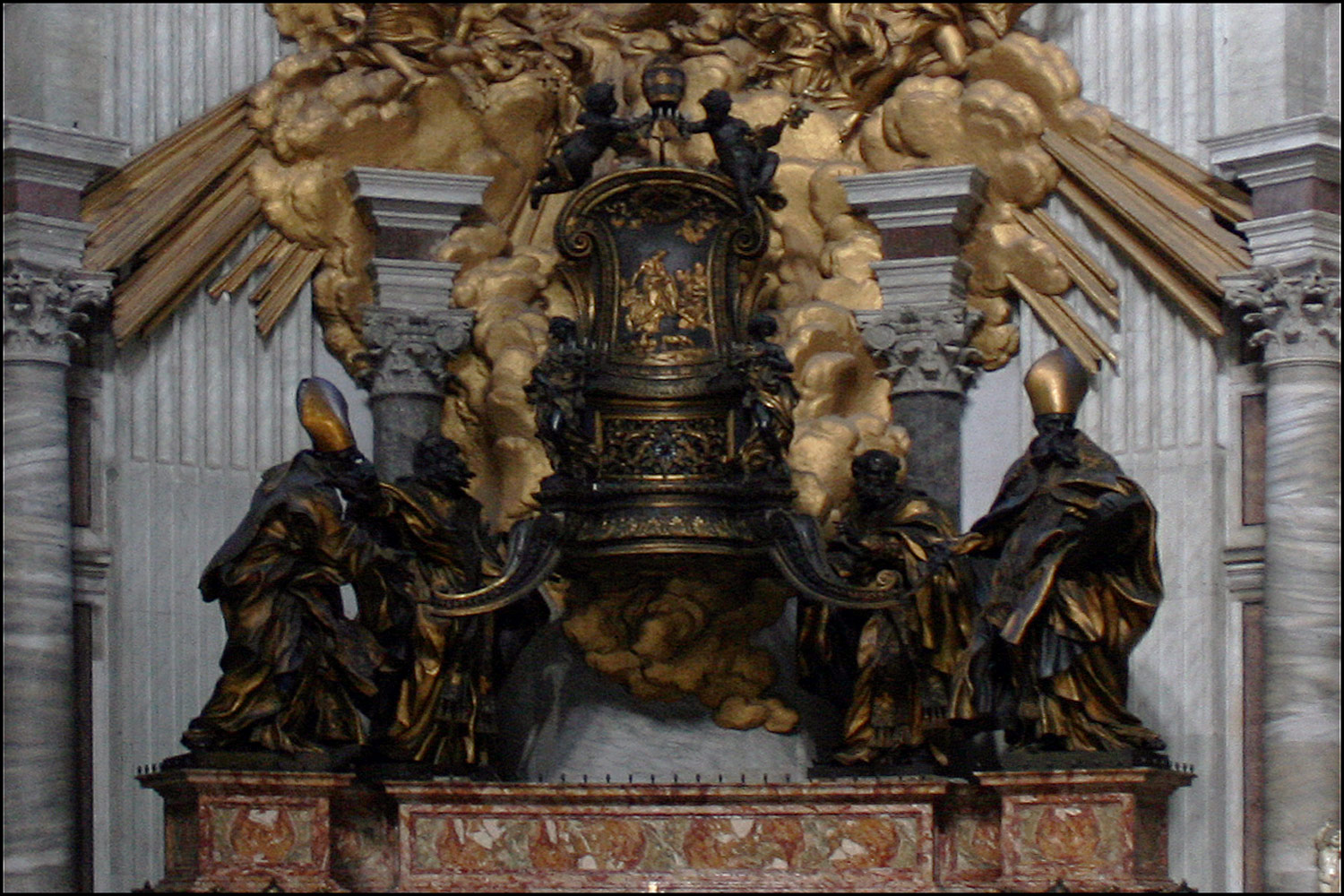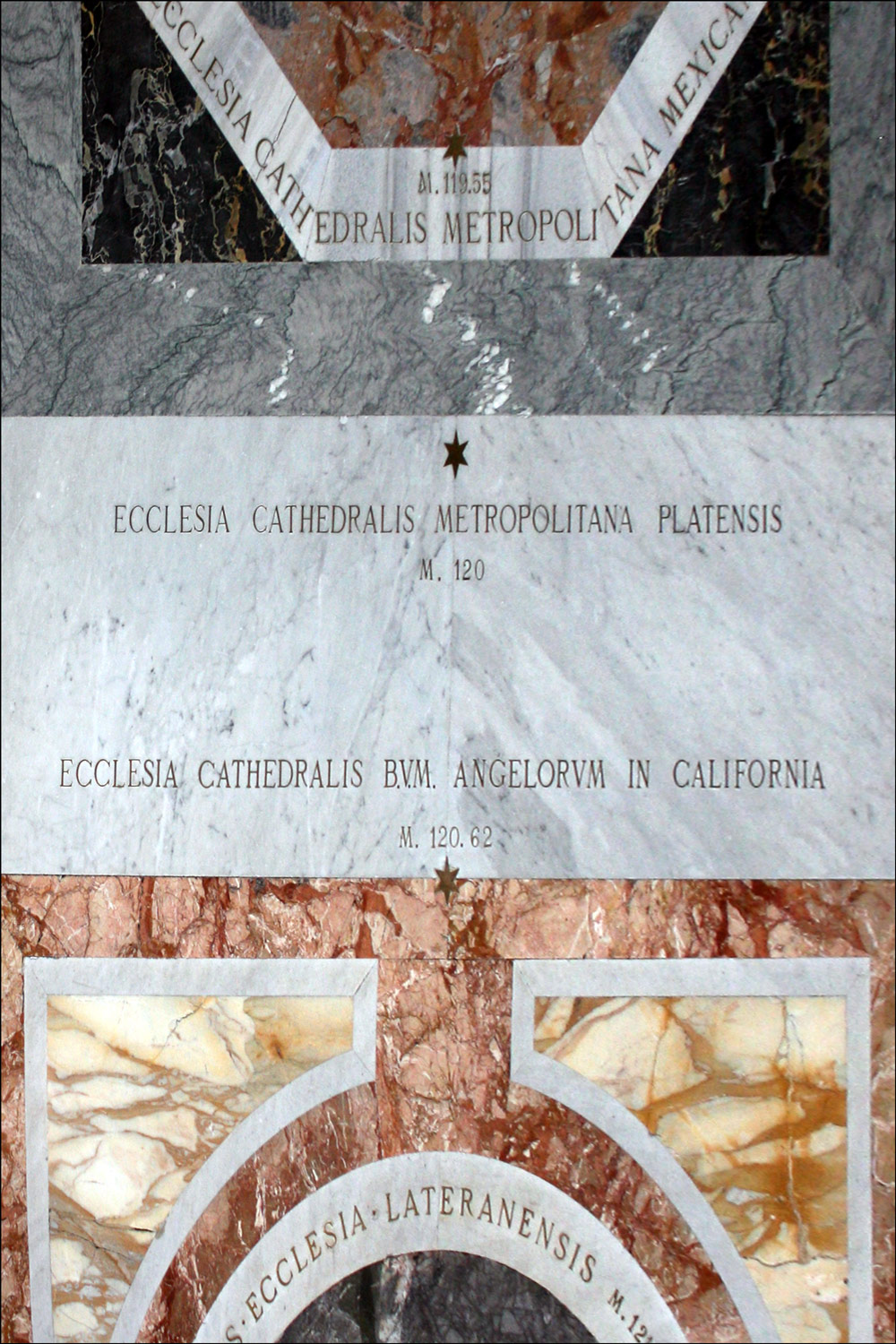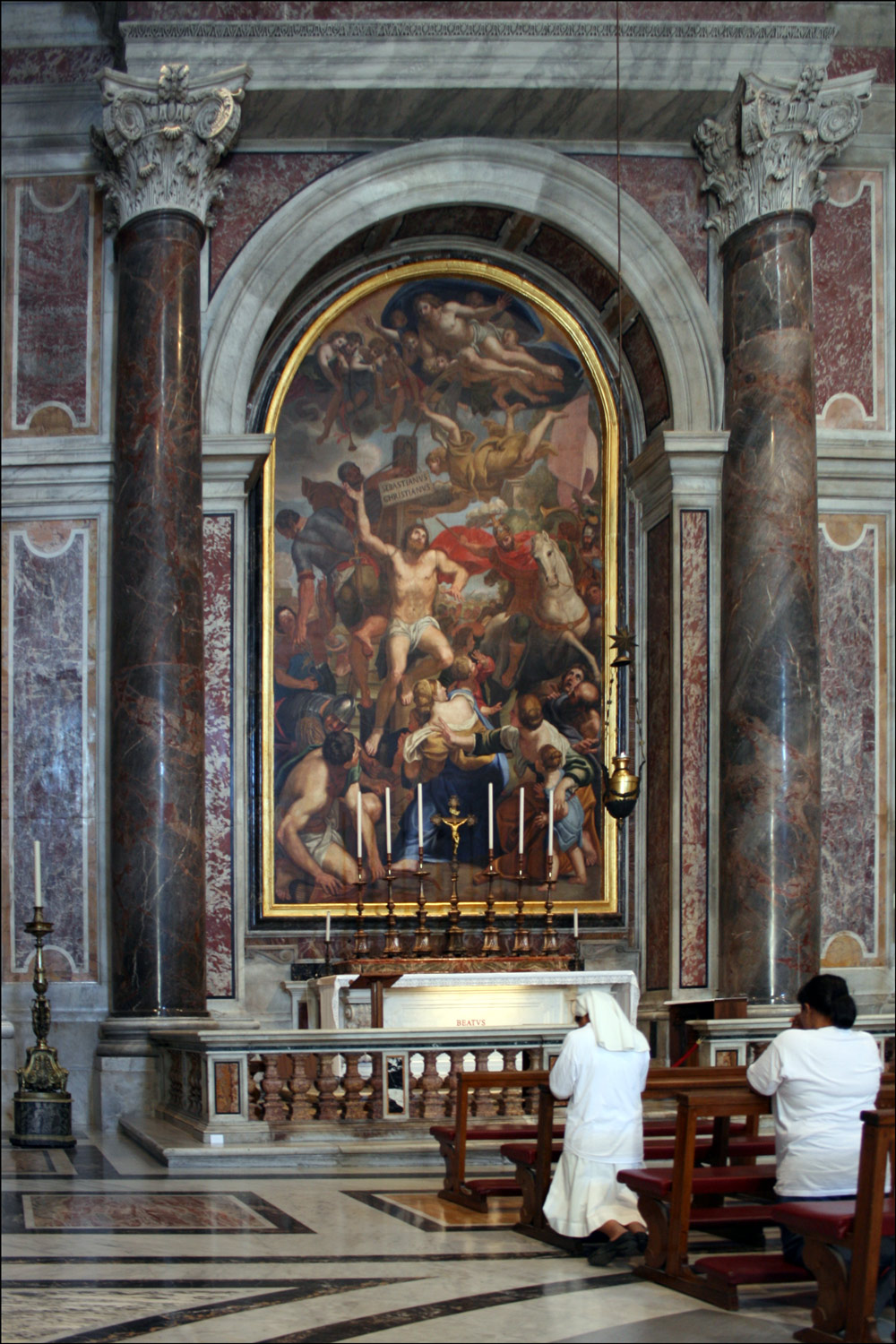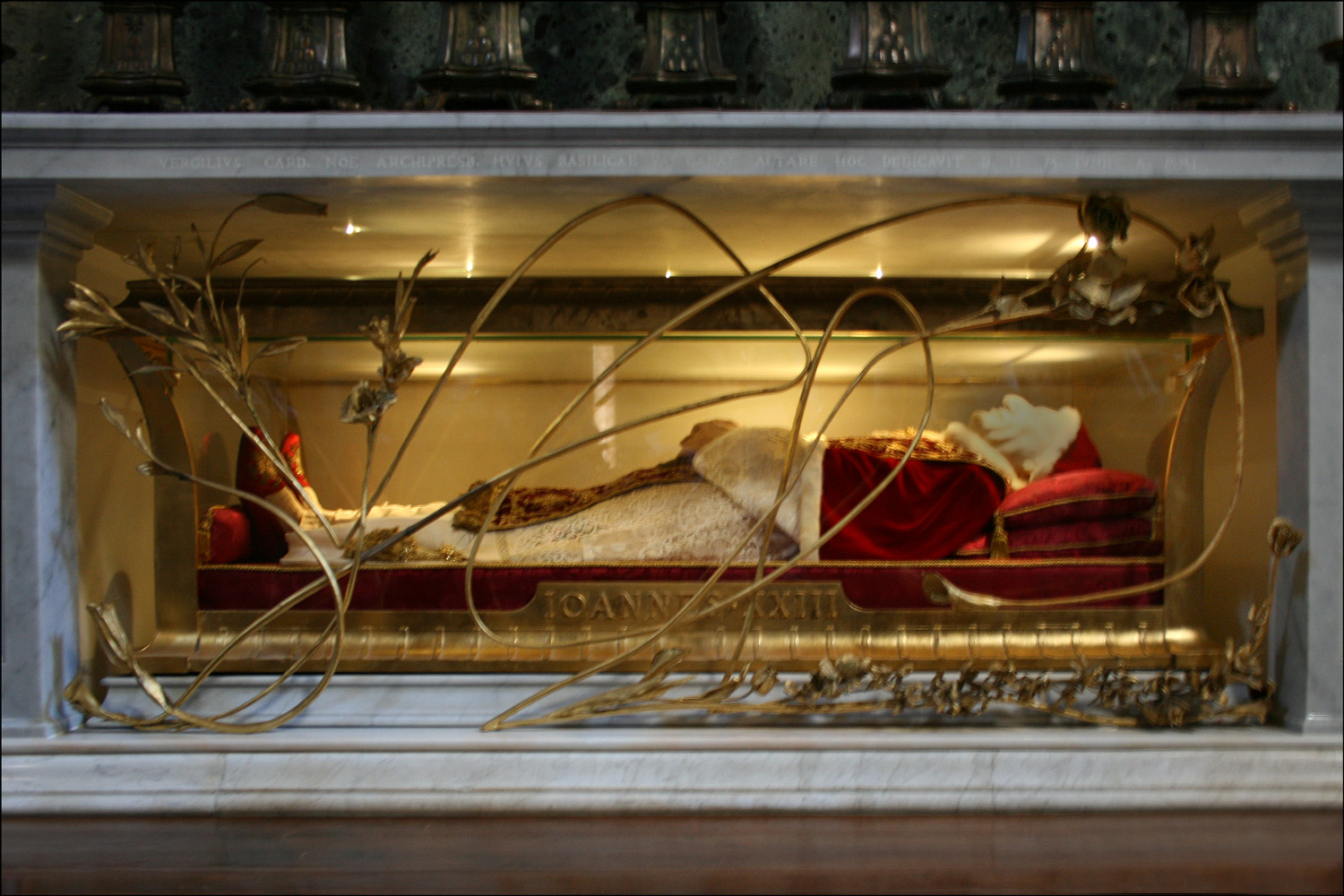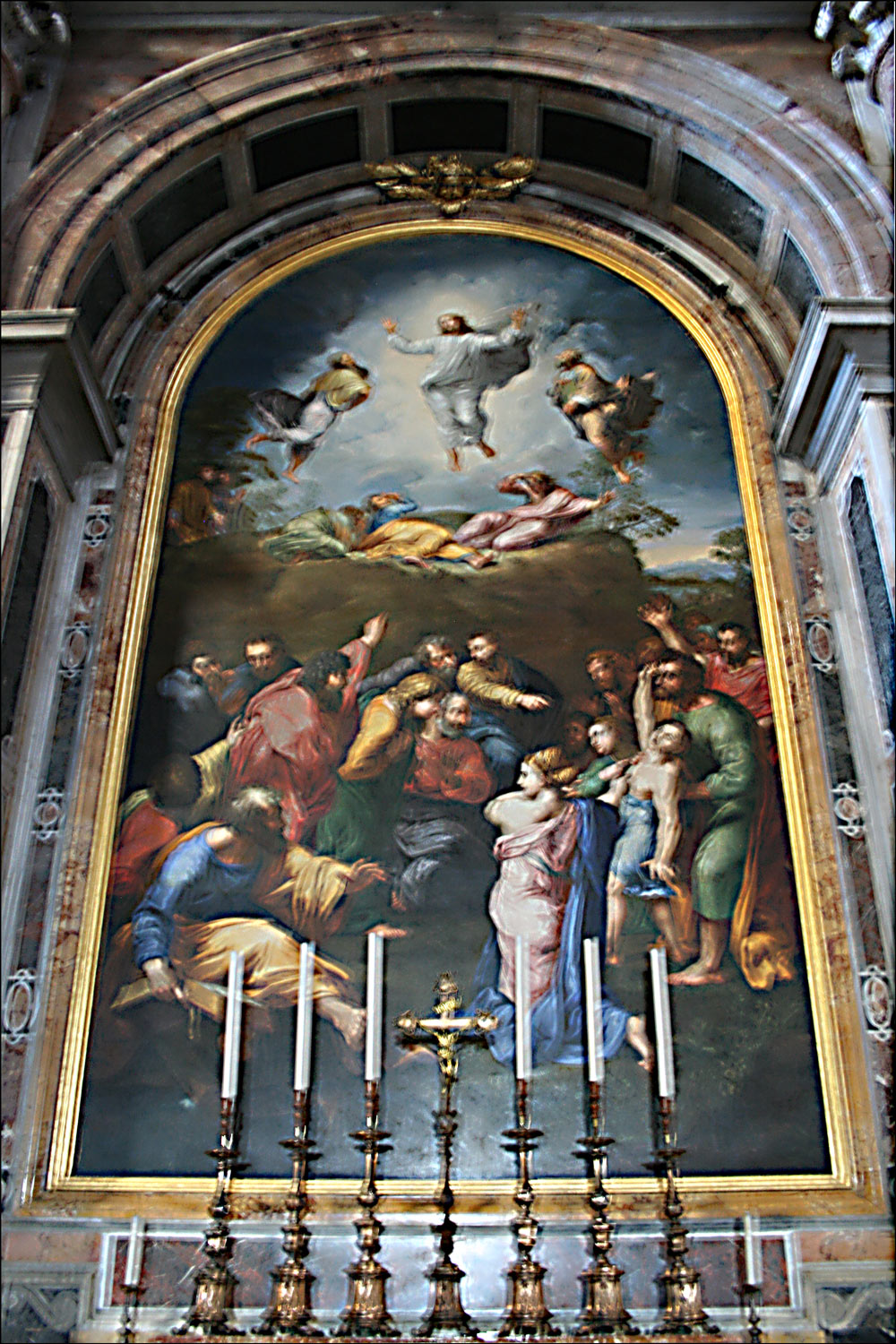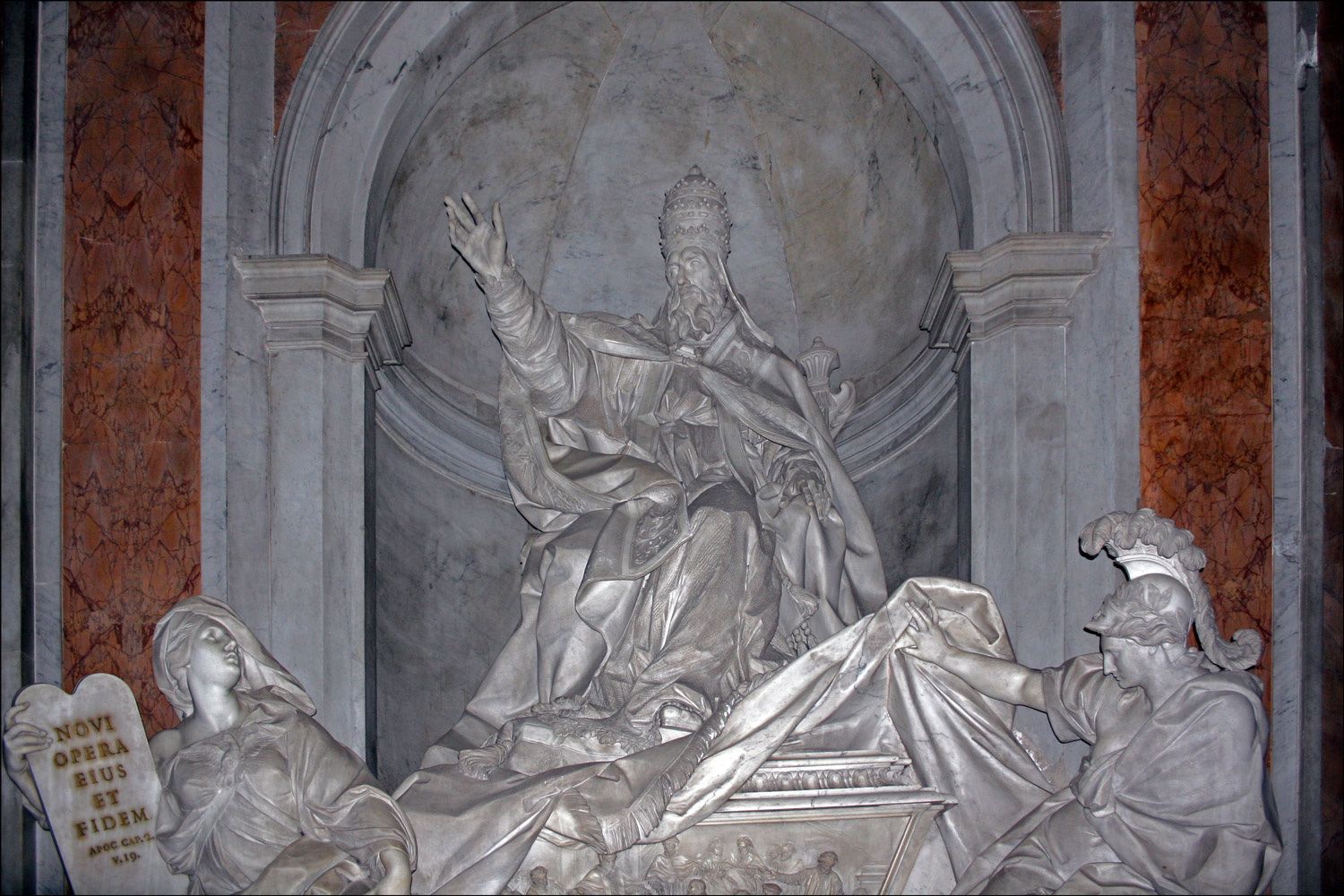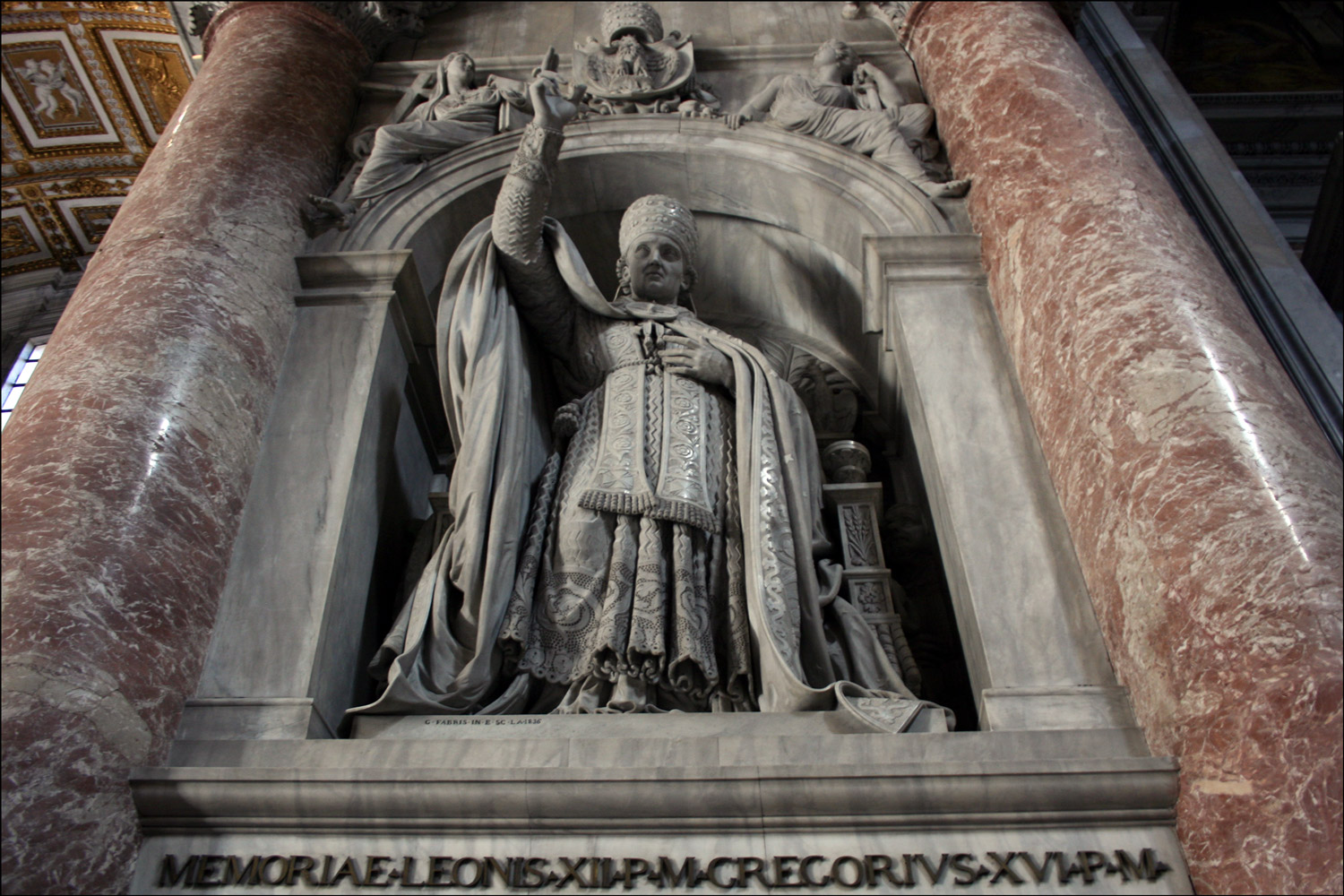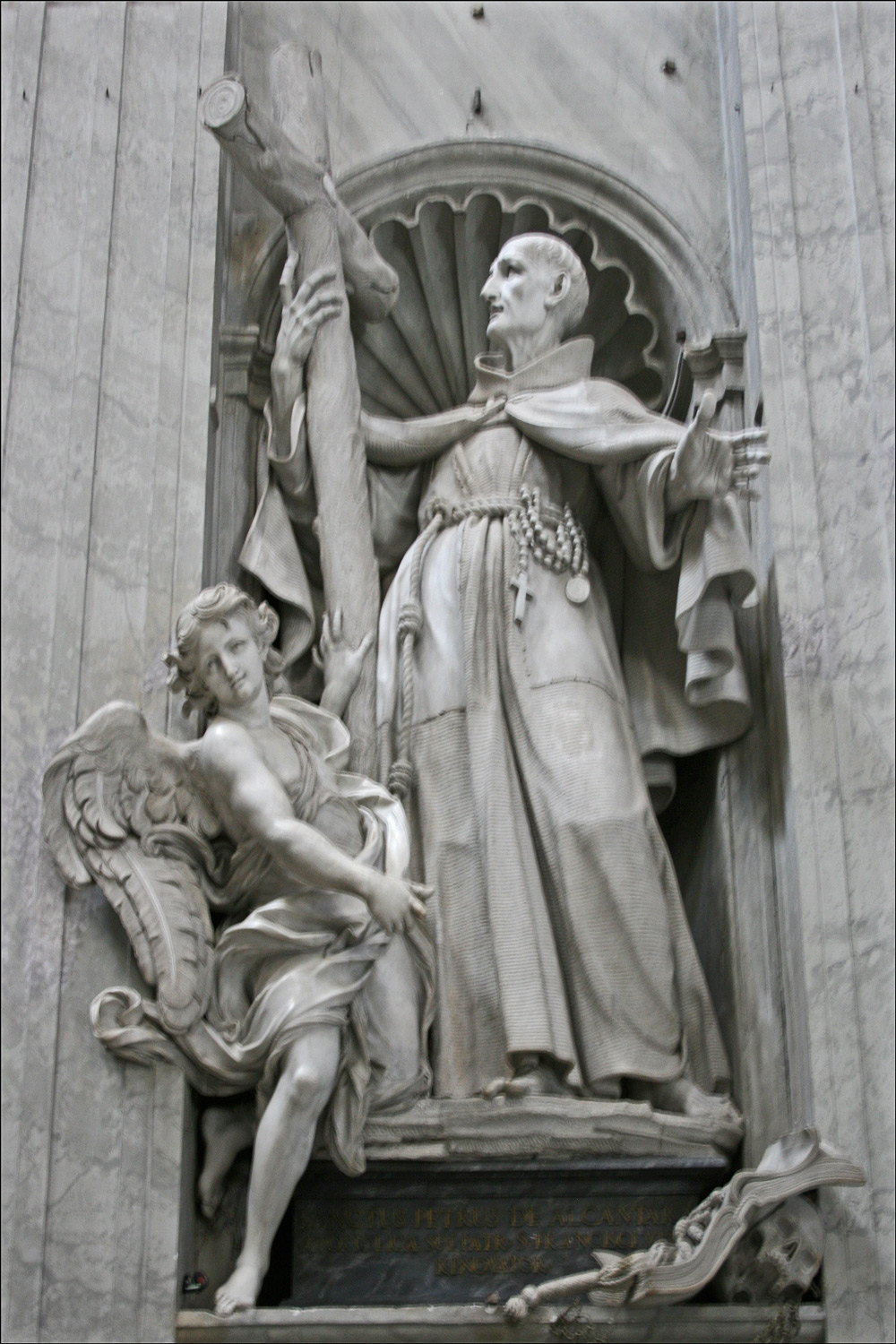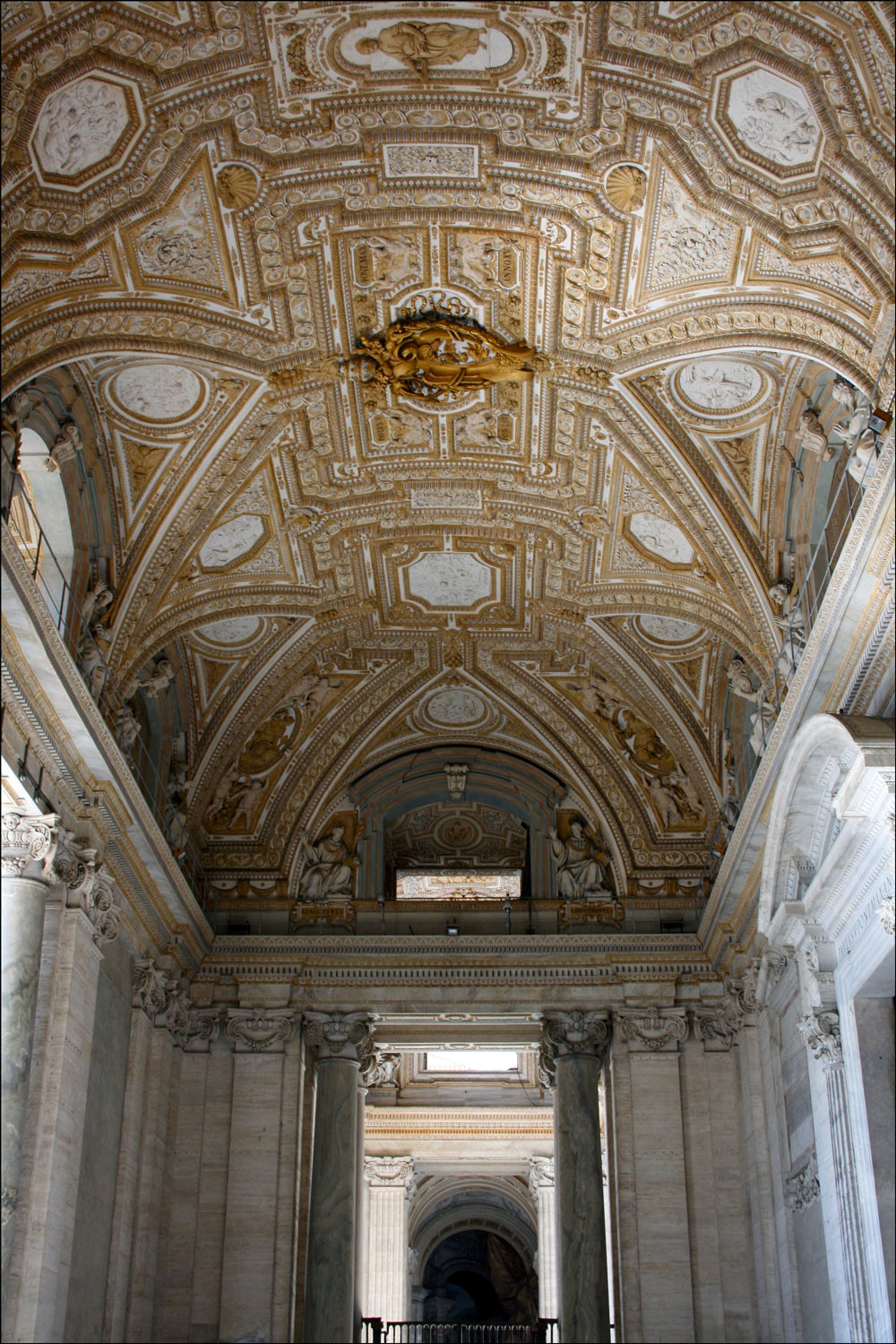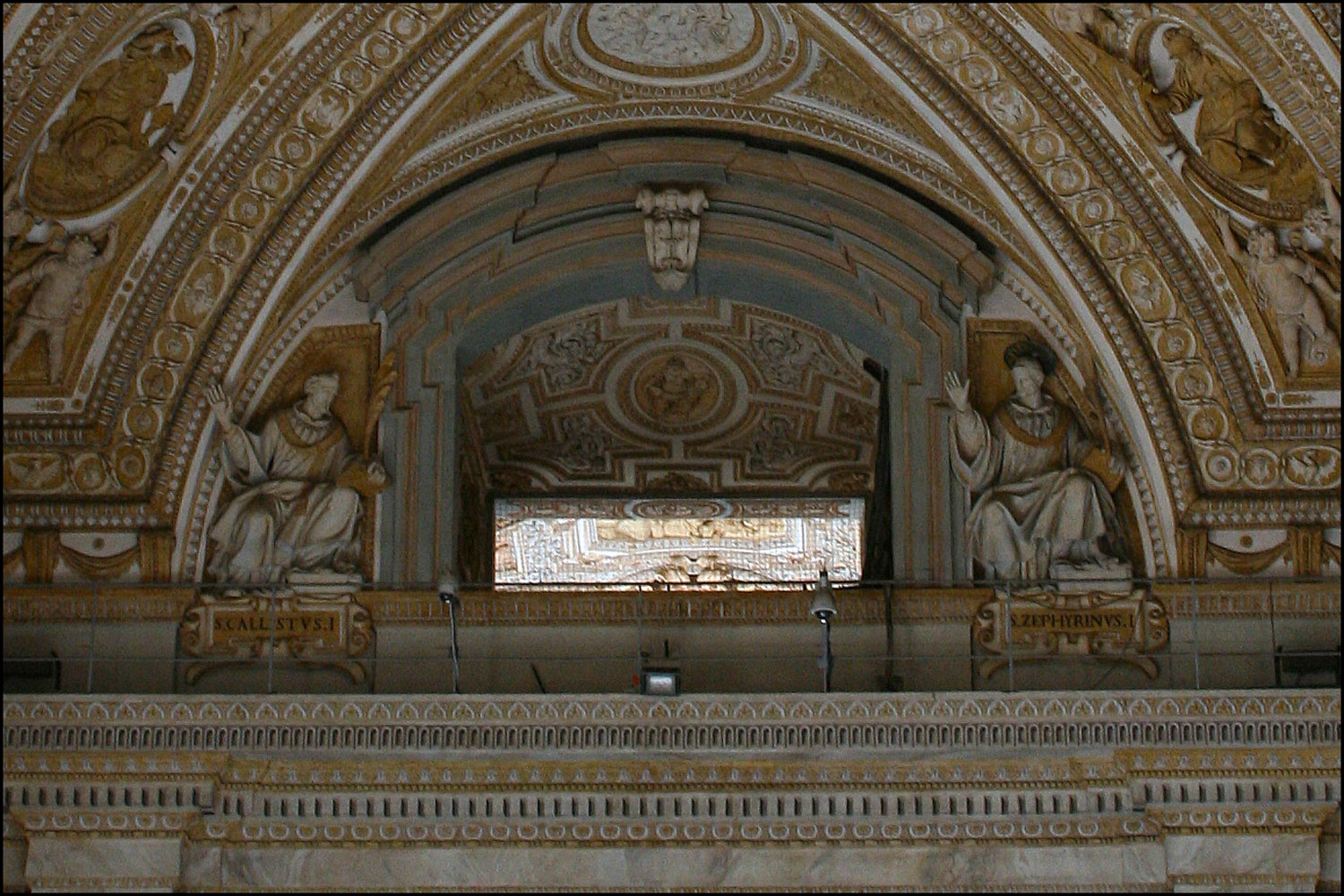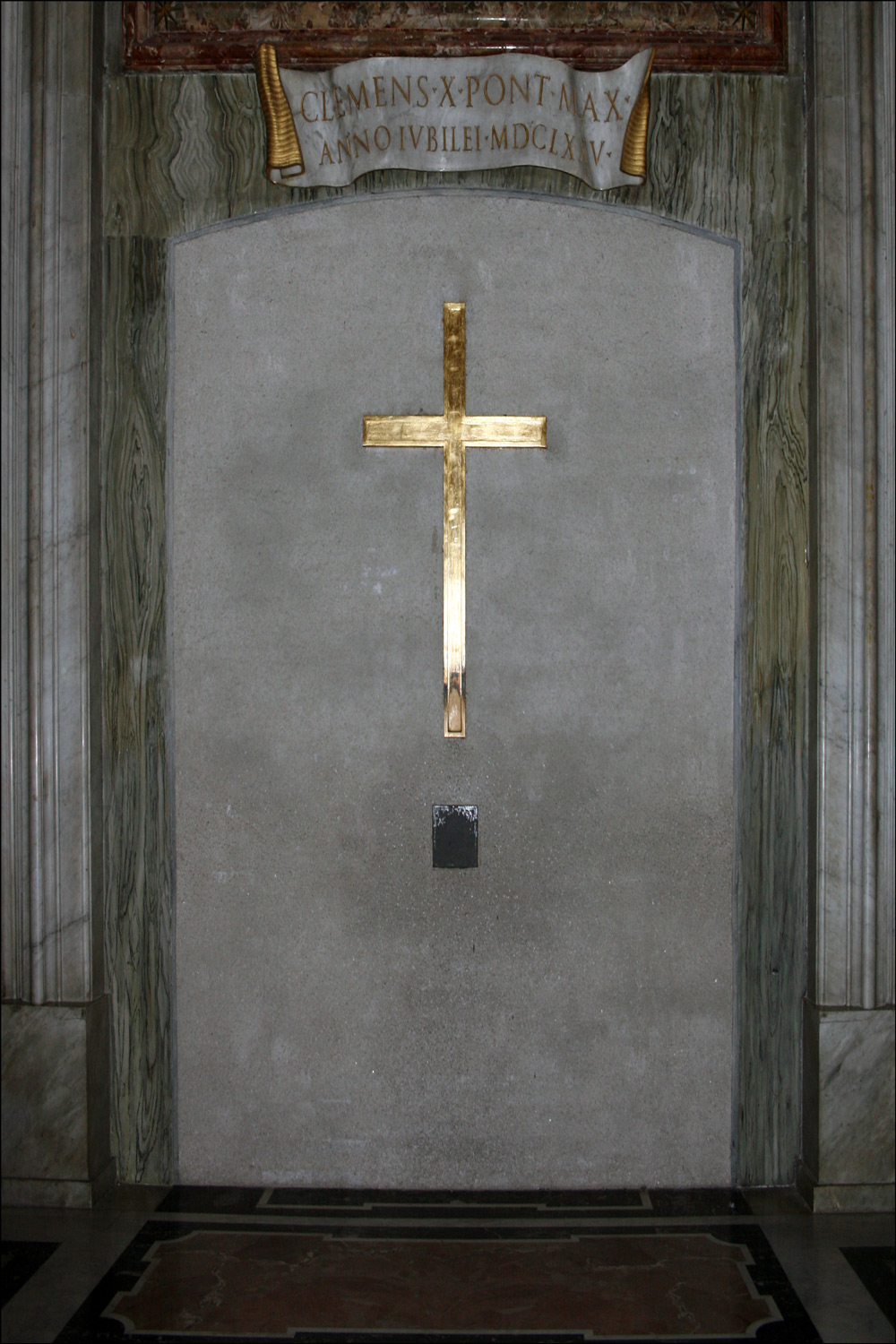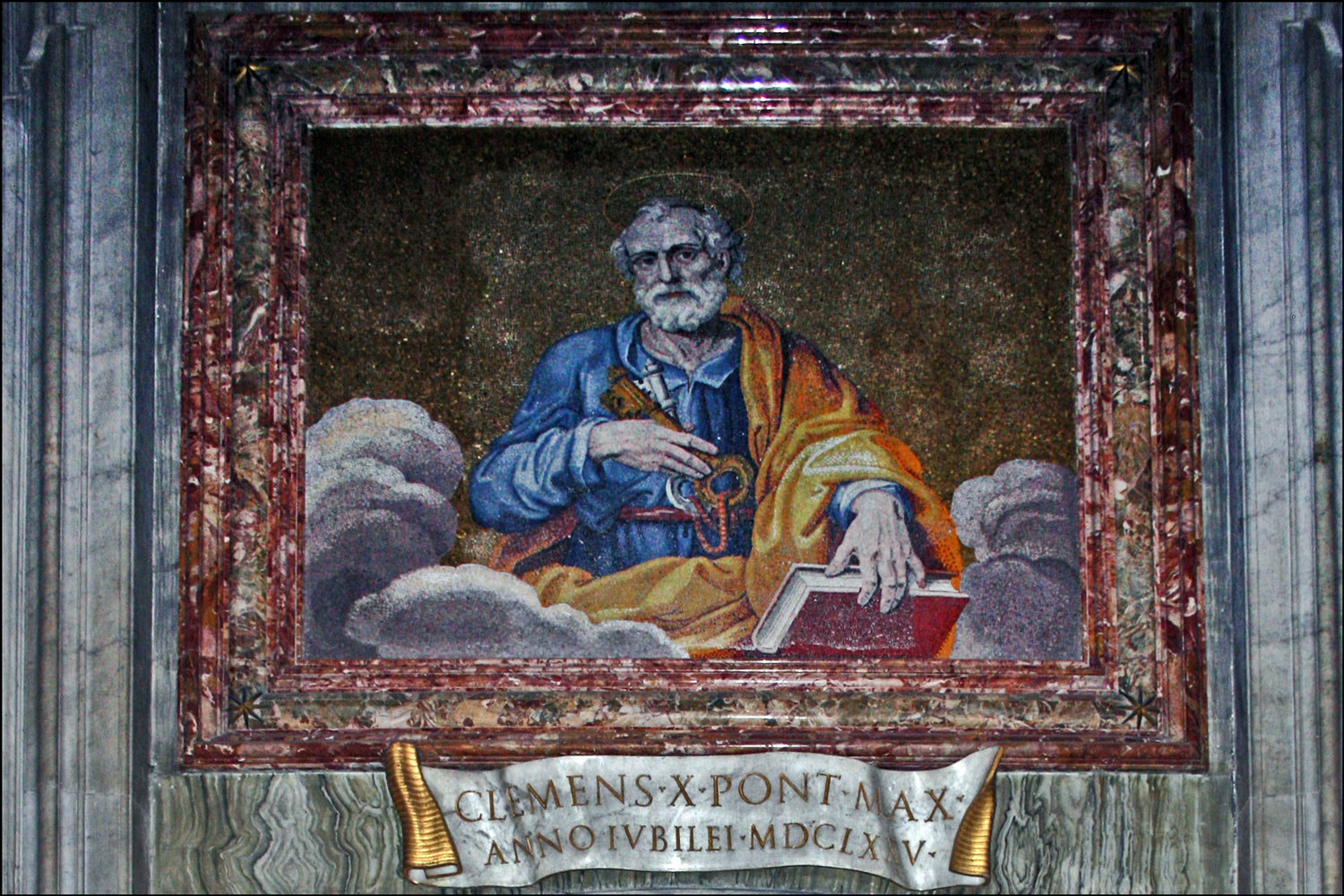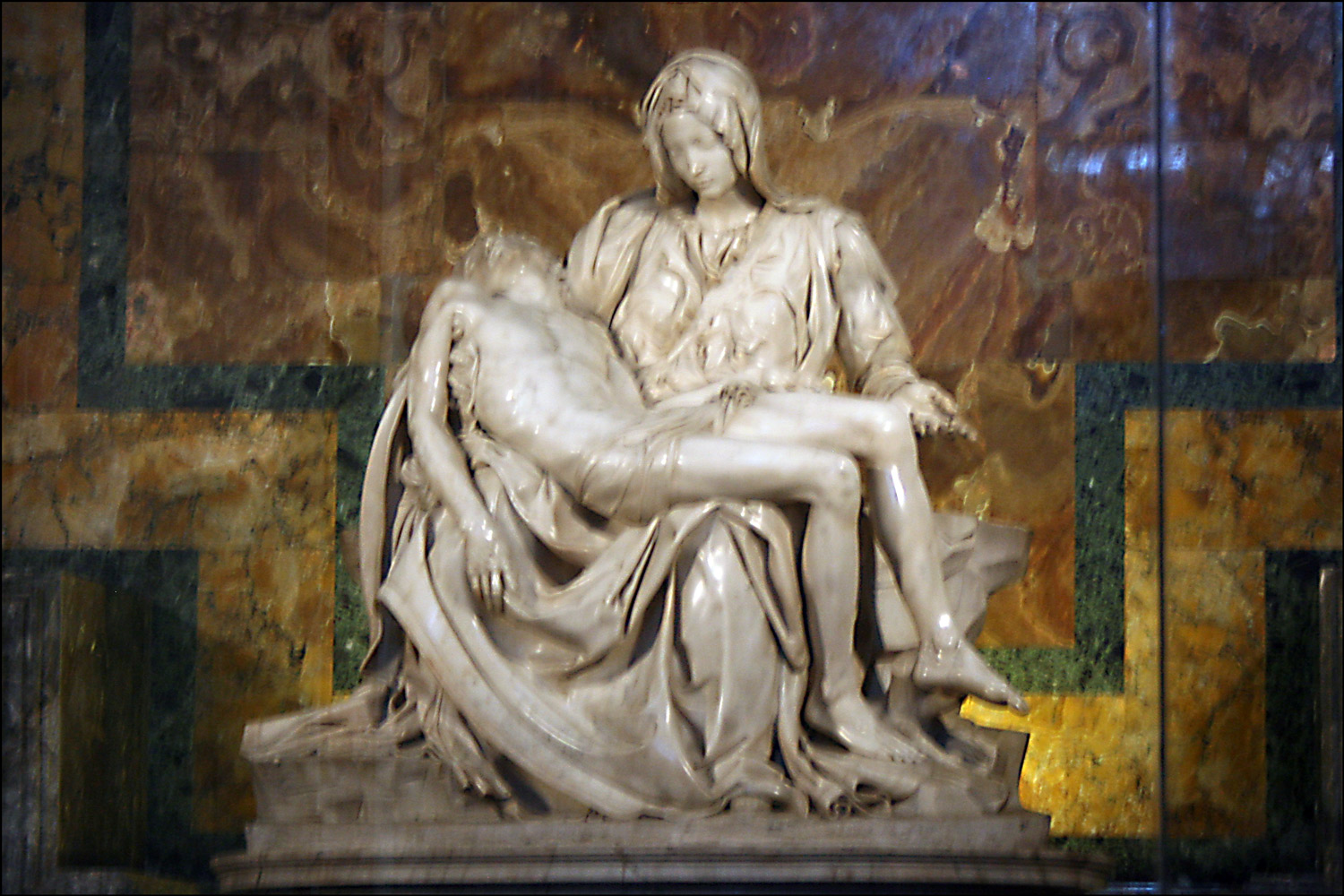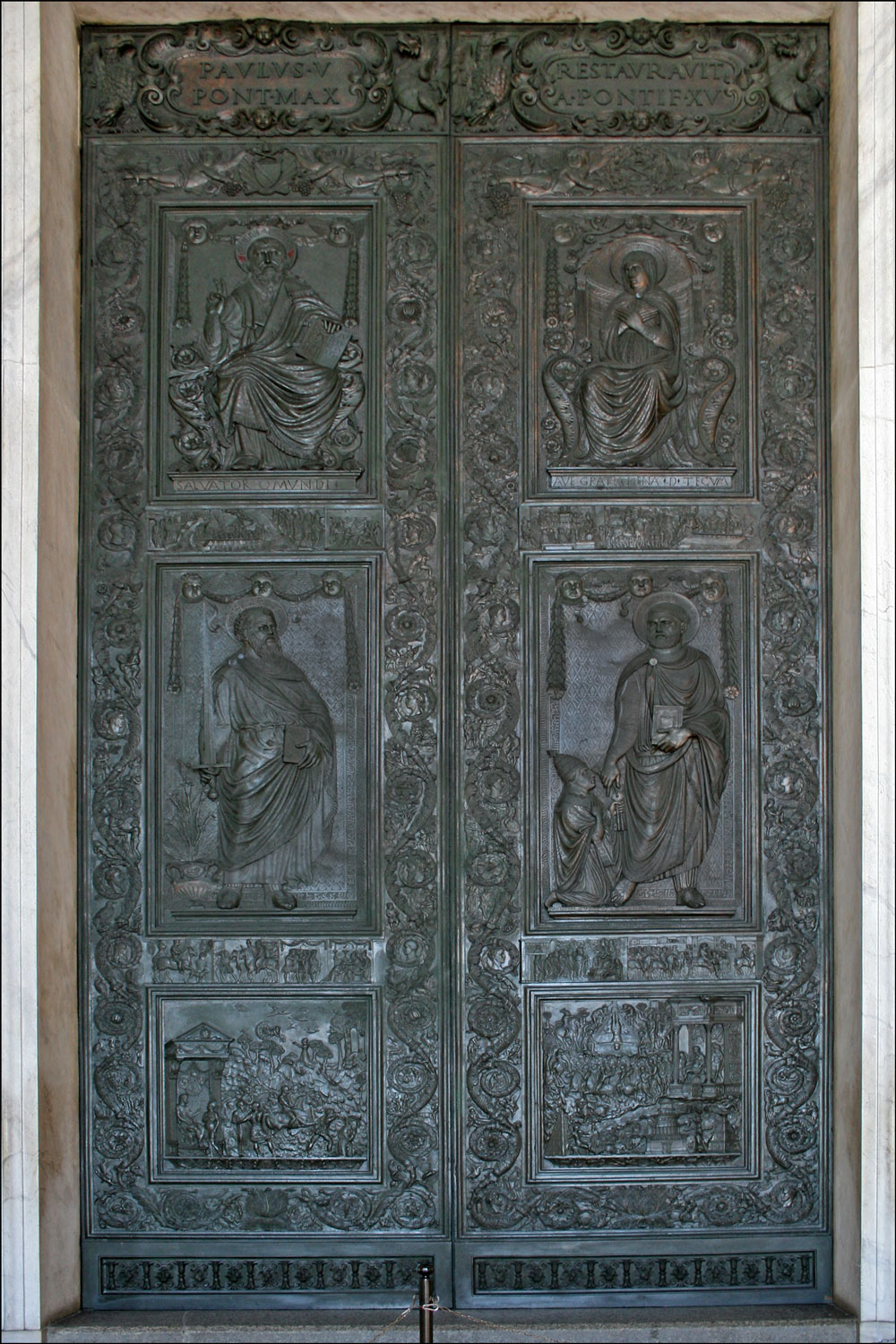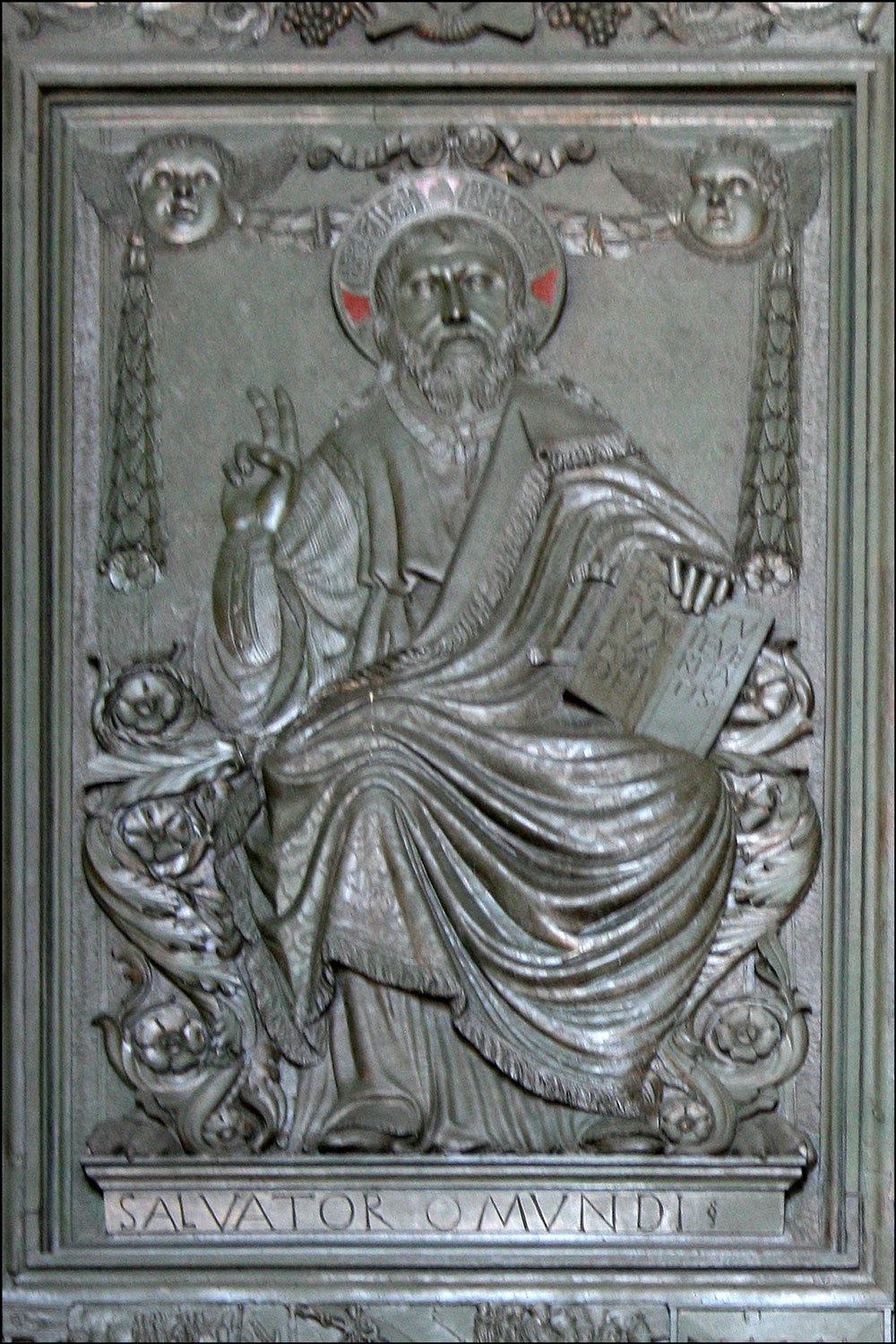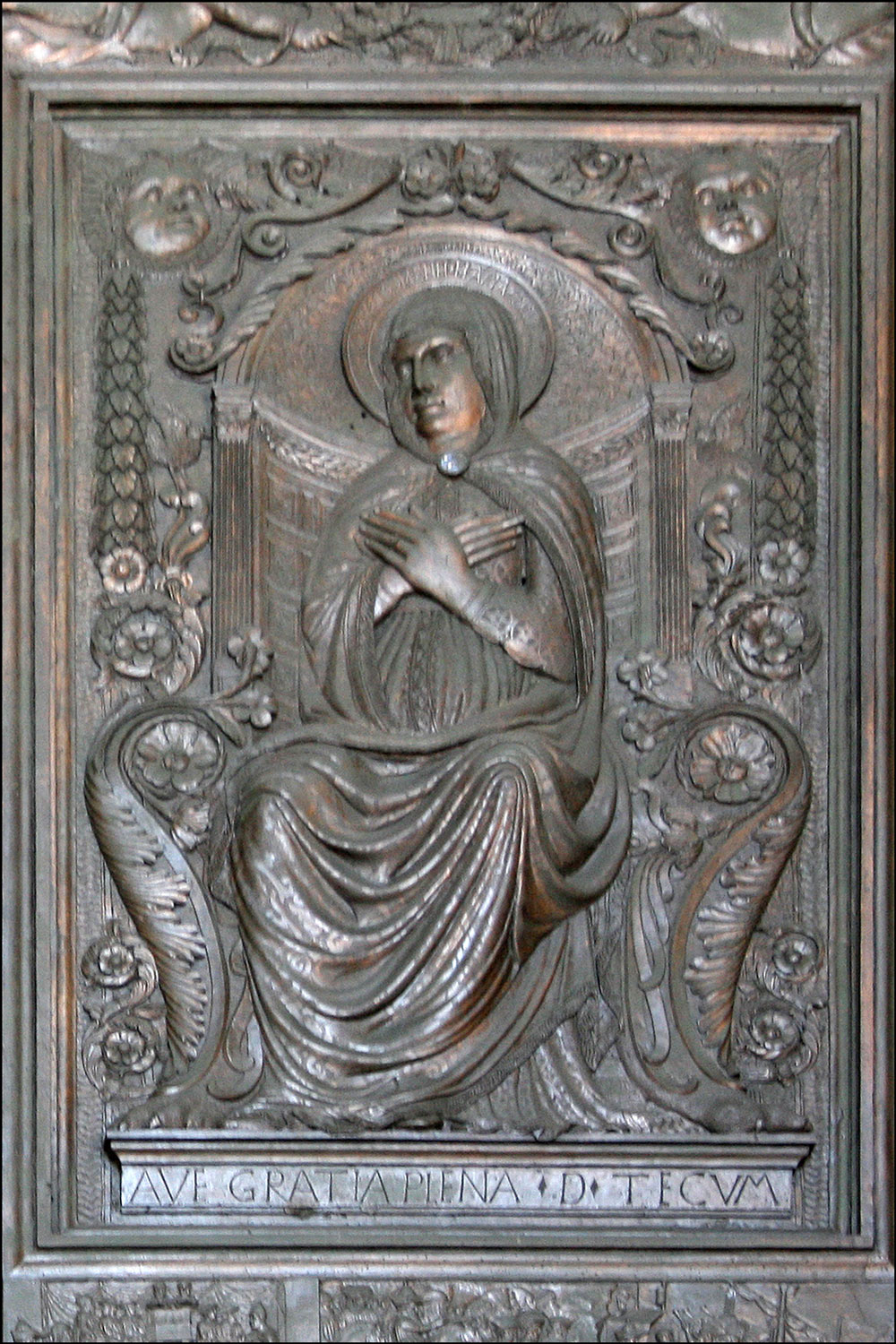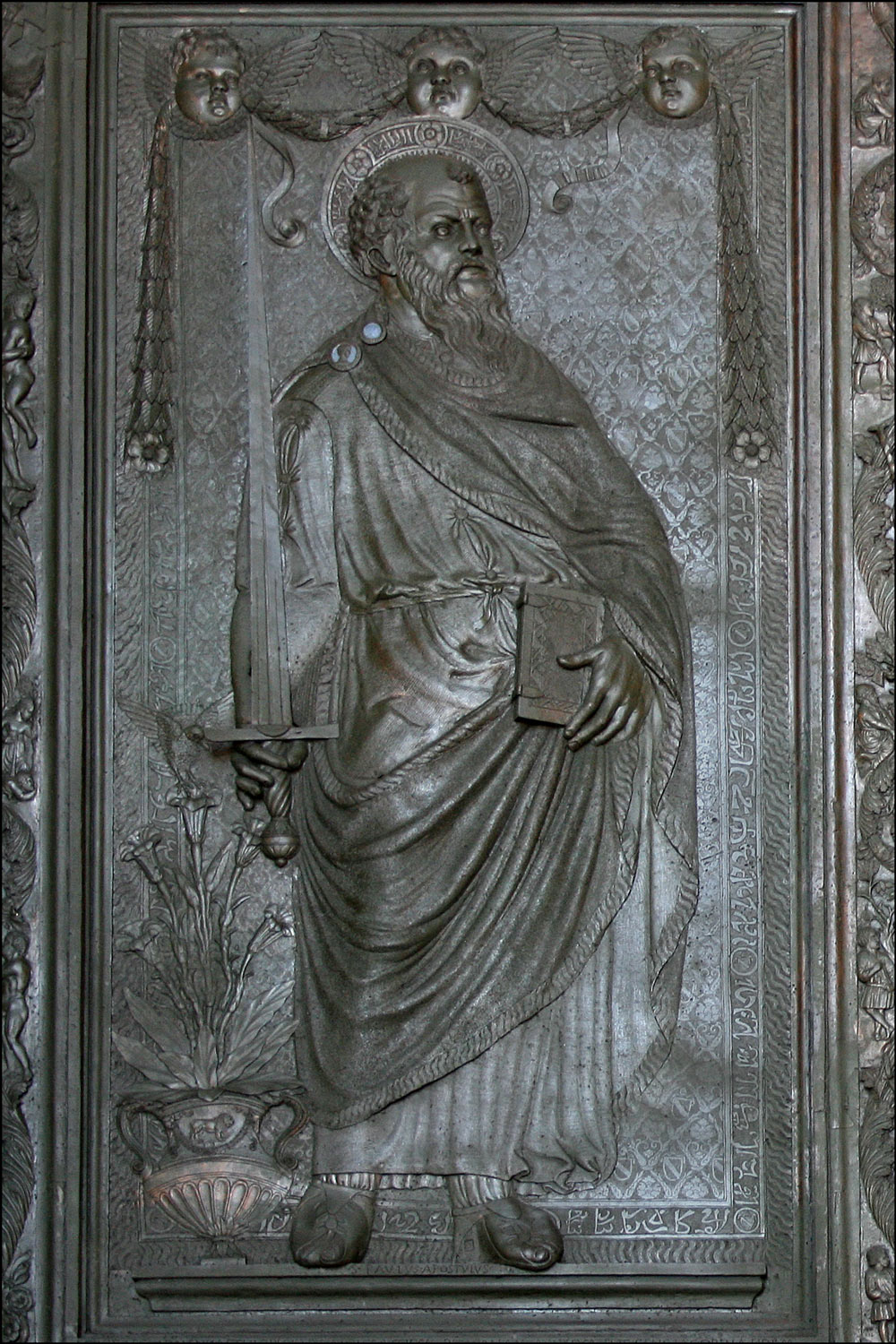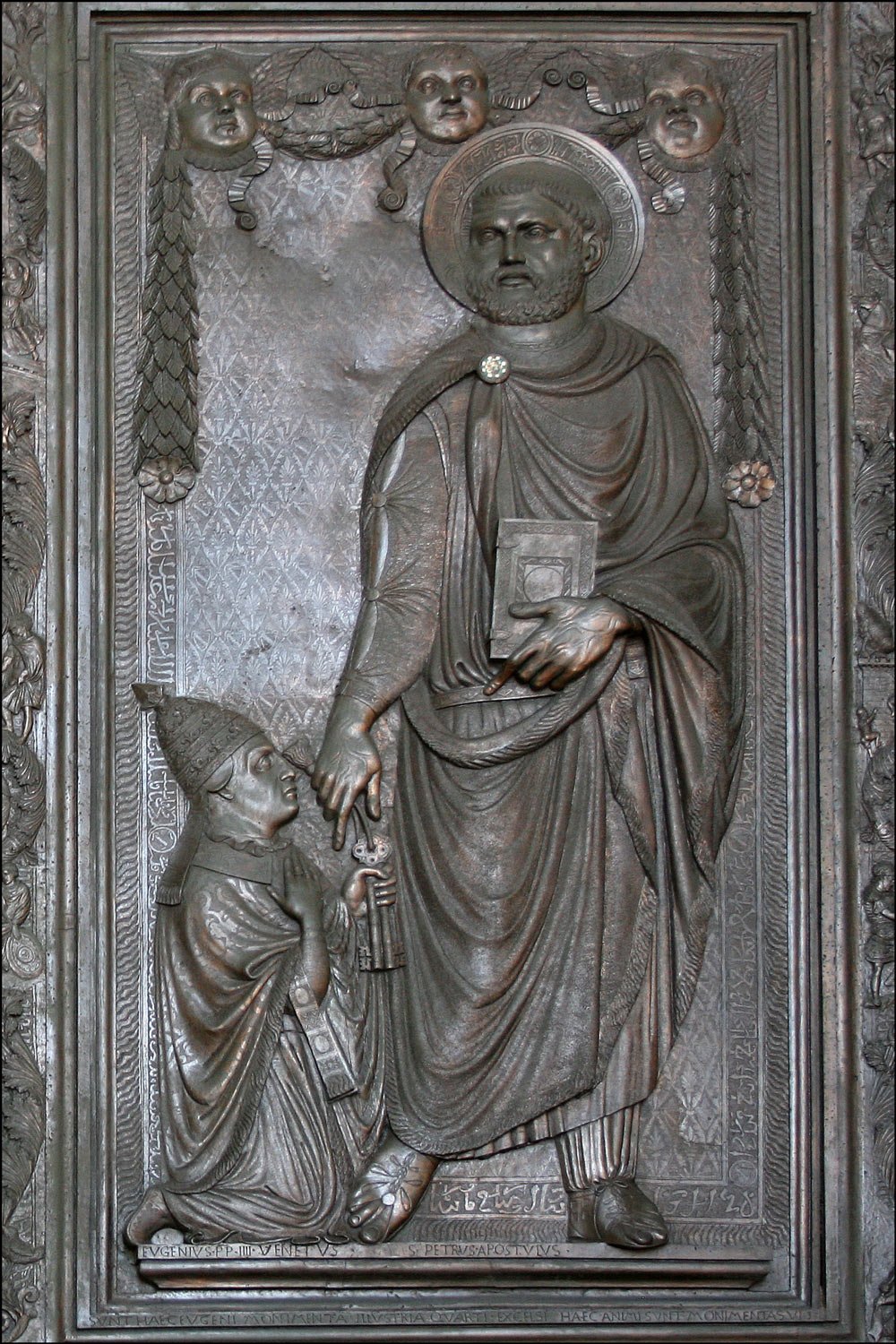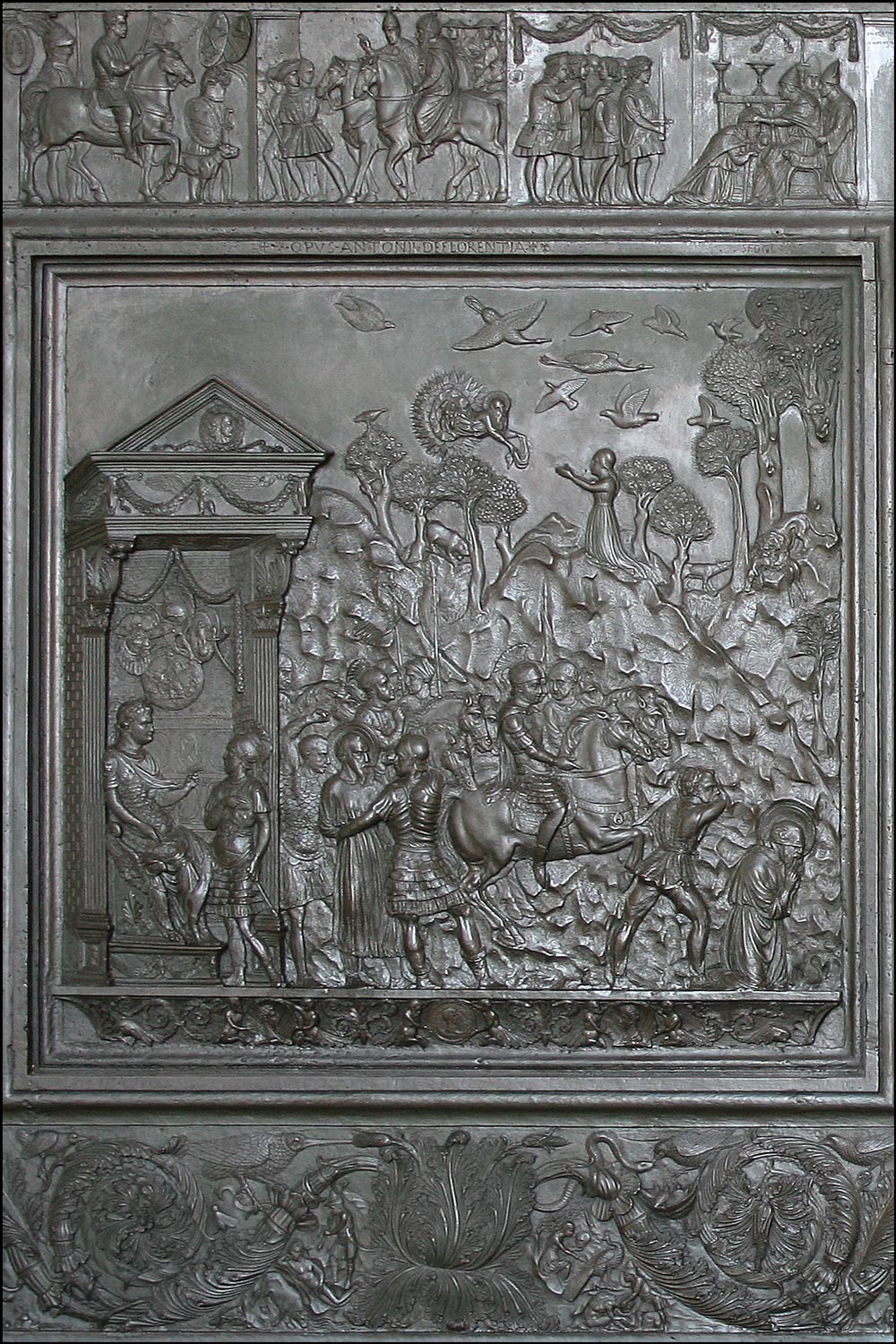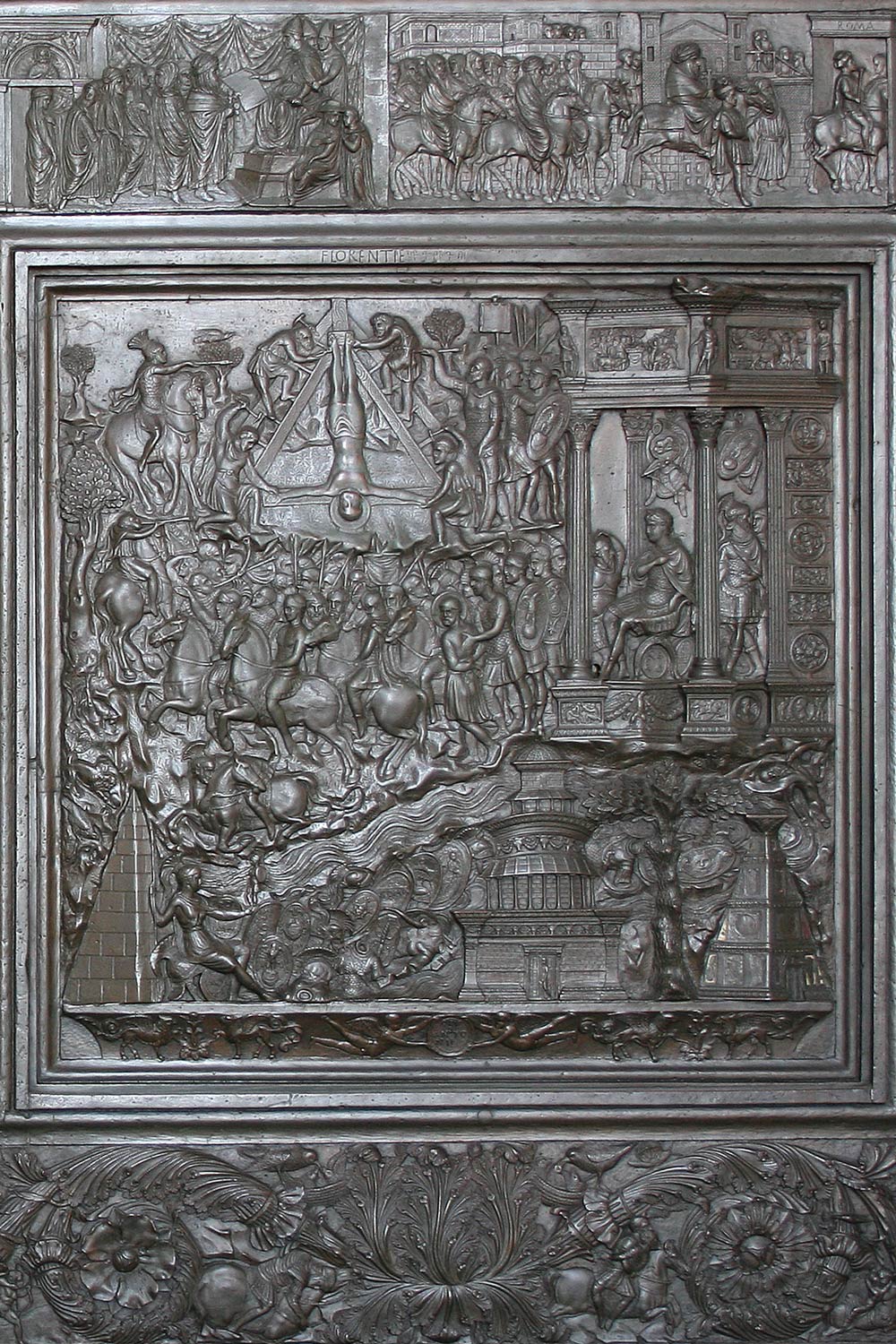While in Rome, Italy during the last few days of my Mediterranean vacation, I stayed at the Rome Cavalieri Hotel. I chose this hotel because, while in elementary school, my class was assigned to write to our local bishop who was staying at the Rome Cavalieri while he attended the Vatican II conference. The bishop wrote back to all those who wrote to him, and I still have the two letters he sent me, the first dated 13 October 1965 and the second dated 27 November 1965.
The Rome Cavalieri stands atop Monte Mario in the northwest part of the city of Rome and commands an impressive view of the eternal city. The room itself was as incredible as the view.
Room in the Rome Cavalieri Hotel – Window
SOURCE: Room in the Rome Cavalieri Hotel – Window (Rome, Lazio, Italy); photographed by Stephen J. Danko on 10 August 2011.
Room in the Rome Cavalieri Hotel – Door
SOURCE: Room in the Rome Cavalieri Hotel – Door (Rome, Lazio, Italy); photographed by Stephen J. Danko on 10 August 2011.
Room in the Rome Cavalieri Hotel – Bath
SOURCE: Room in the Rome Cavalieri Hotel – Bath (Rome, Lazio, Italy); photographed by Stephen J. Danko on 10 August 2011.
Patio and Pool at the Rome Cavalieri Hotel
SOURCE: Patio and Pool at the Rome Cavalieri Hotel (Rome, Lazio, Italy); photographed by Stephen J. Danko on 10 August 2011.
View from the Rome Cavalieri Hotel
SOURCE: View from the Rome Cavalieri Hotel (Rome, Lazio, Italy); photographed by Stephen J. Danko on 10 August 2011.
Copyright © 2011 by Stephen J. Danko

